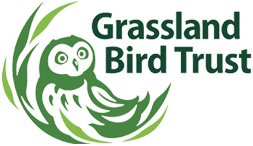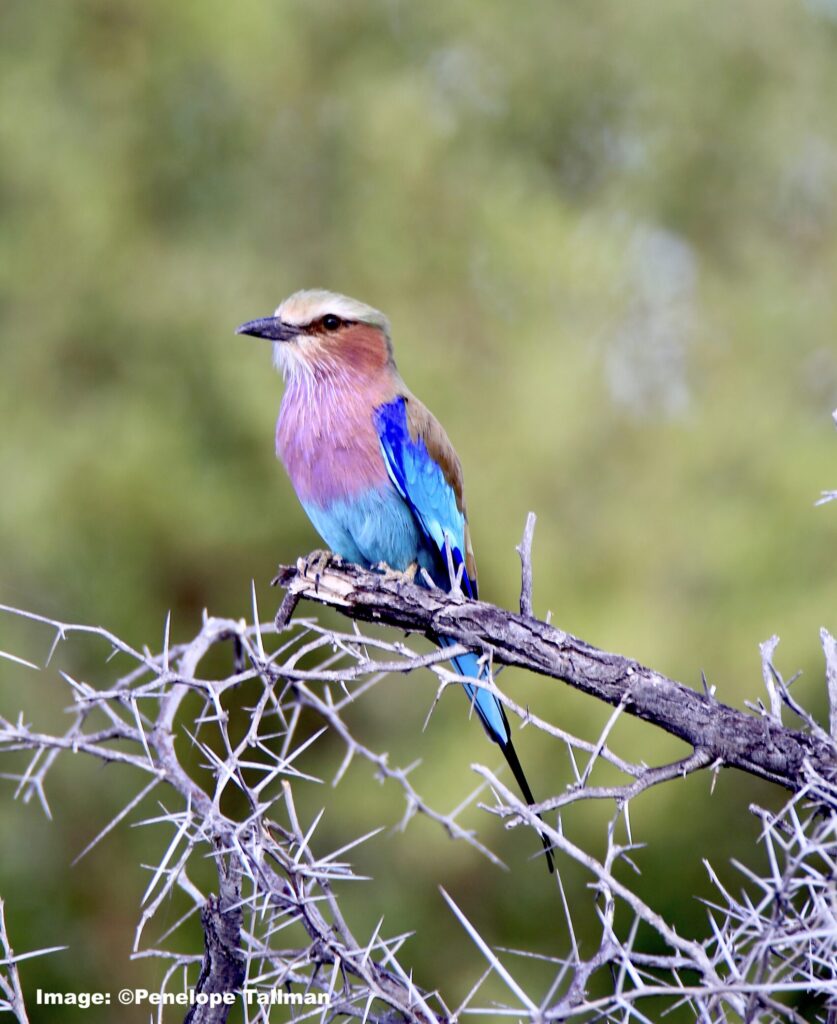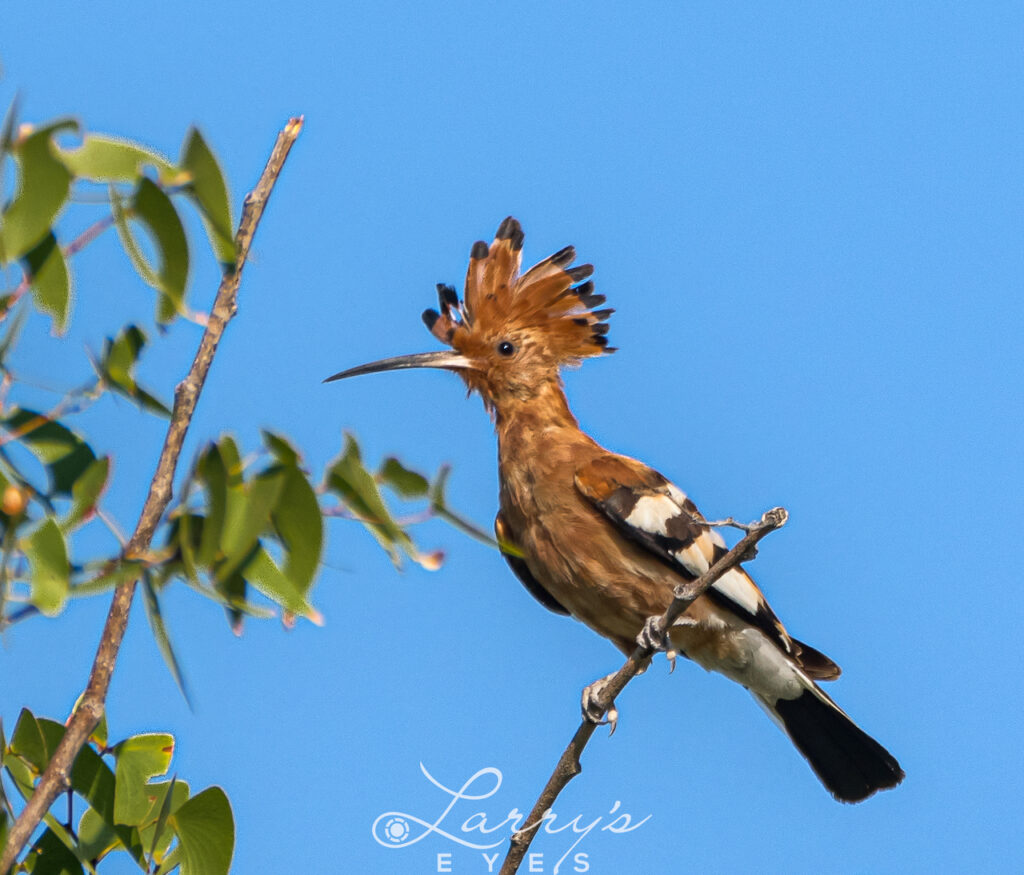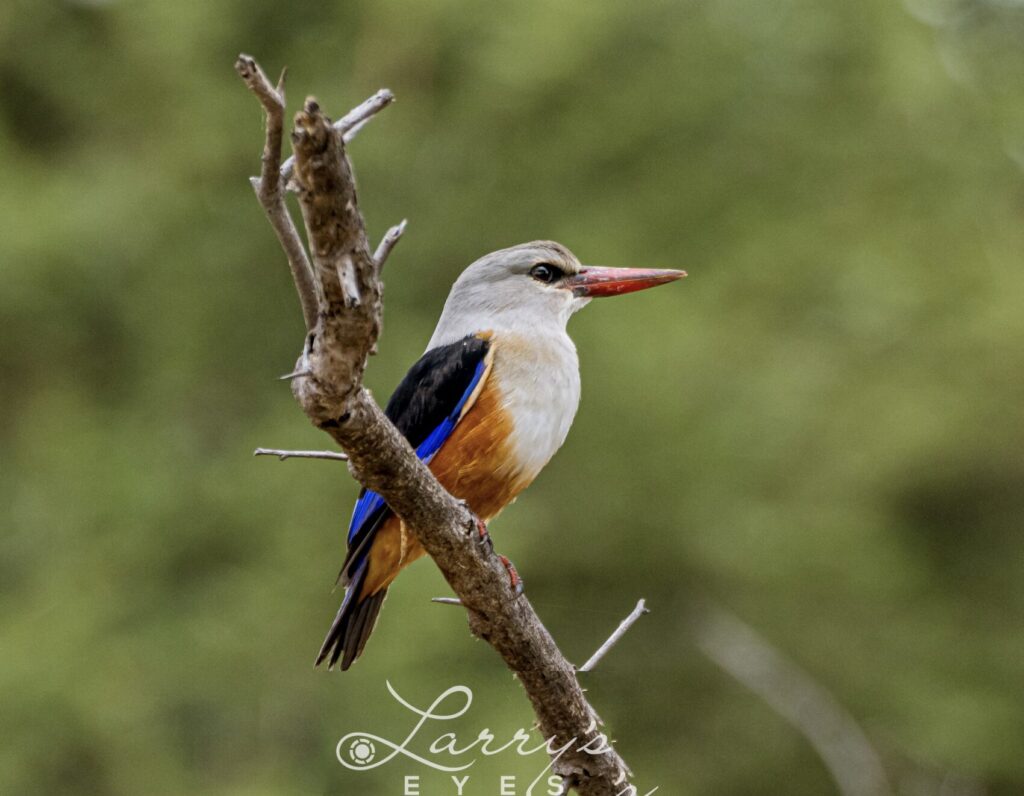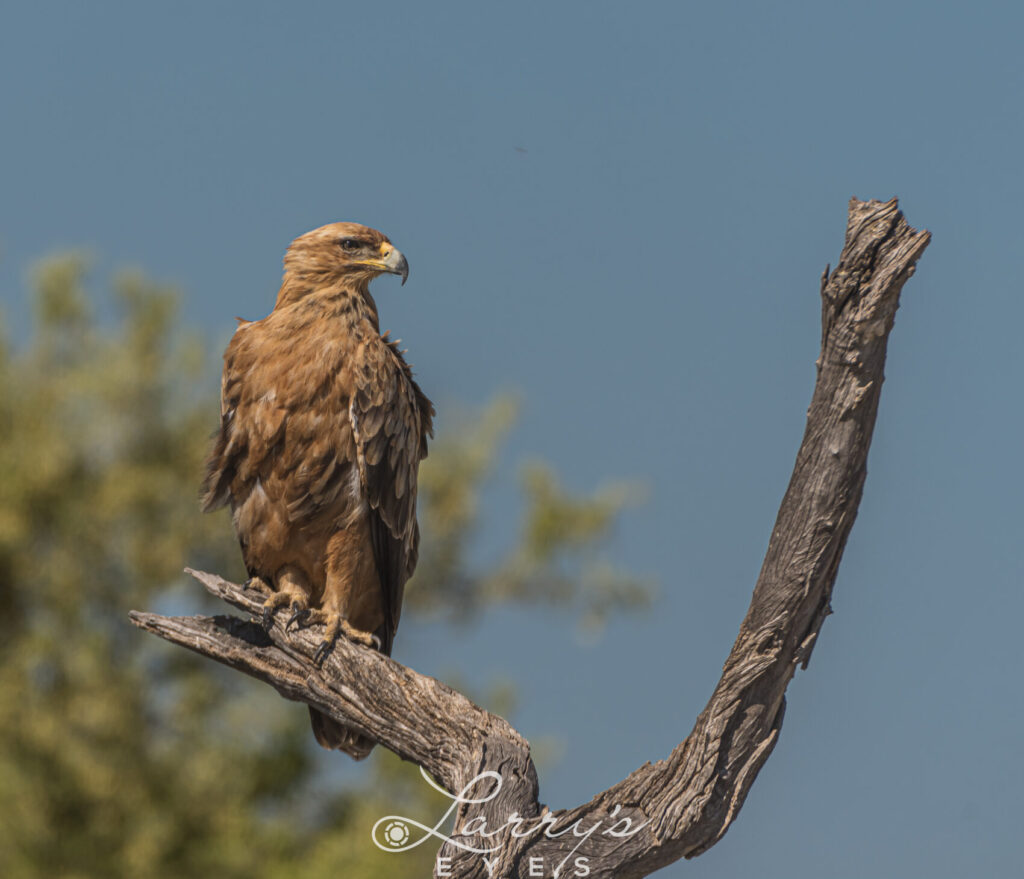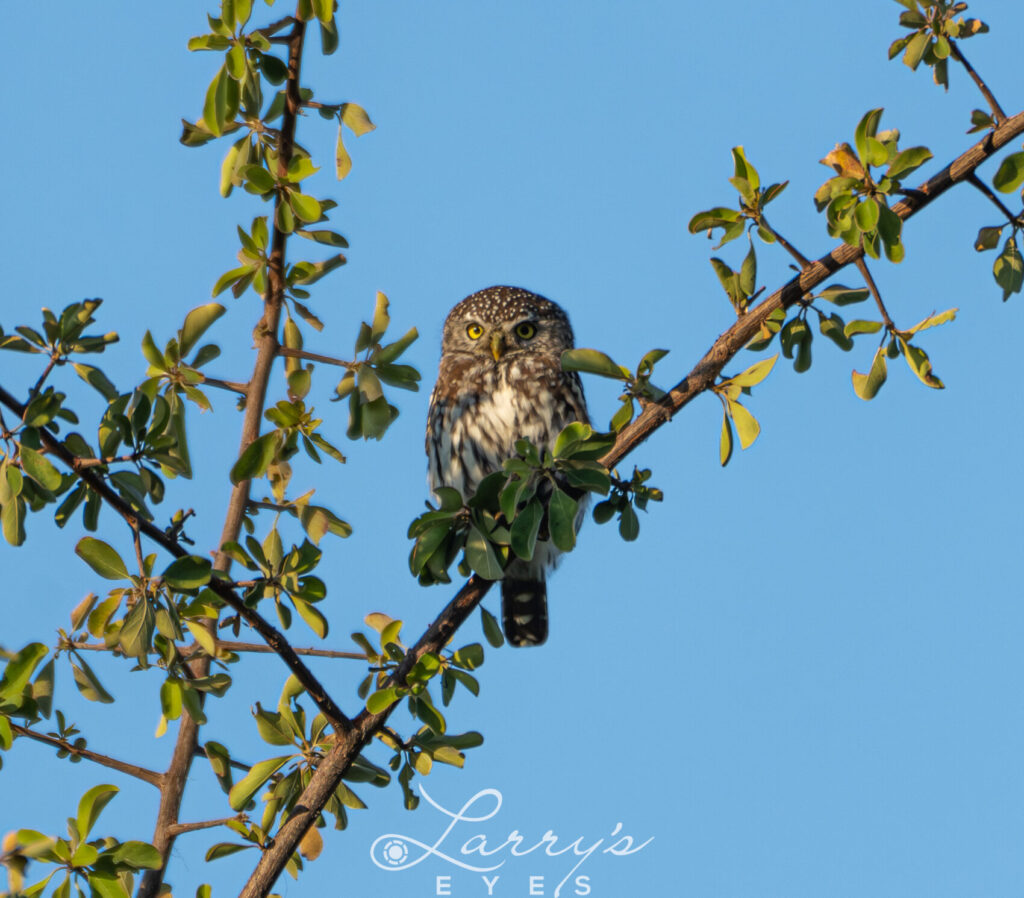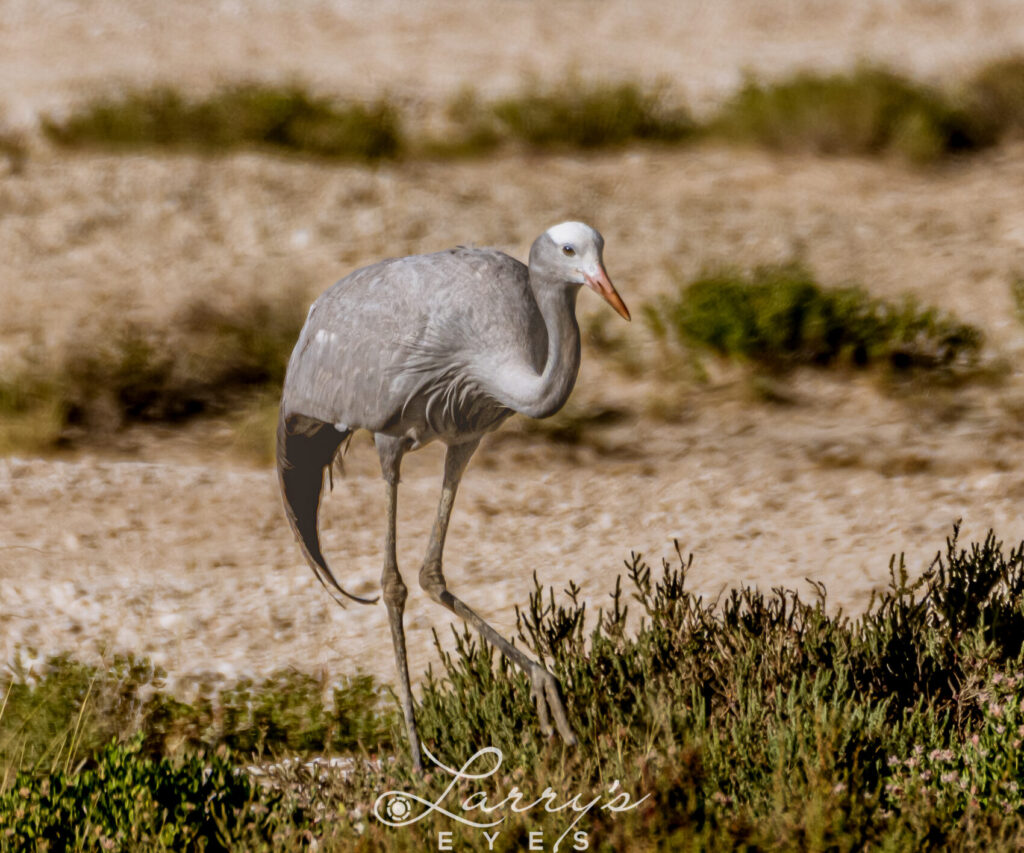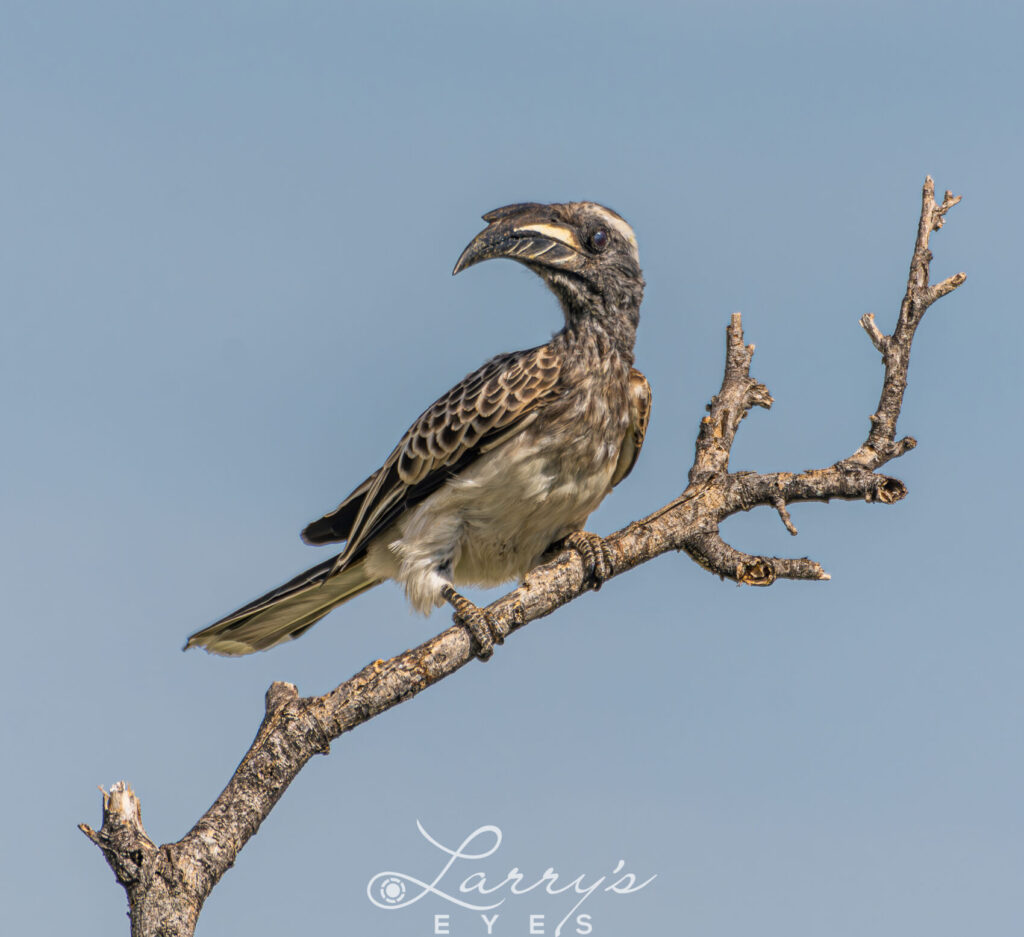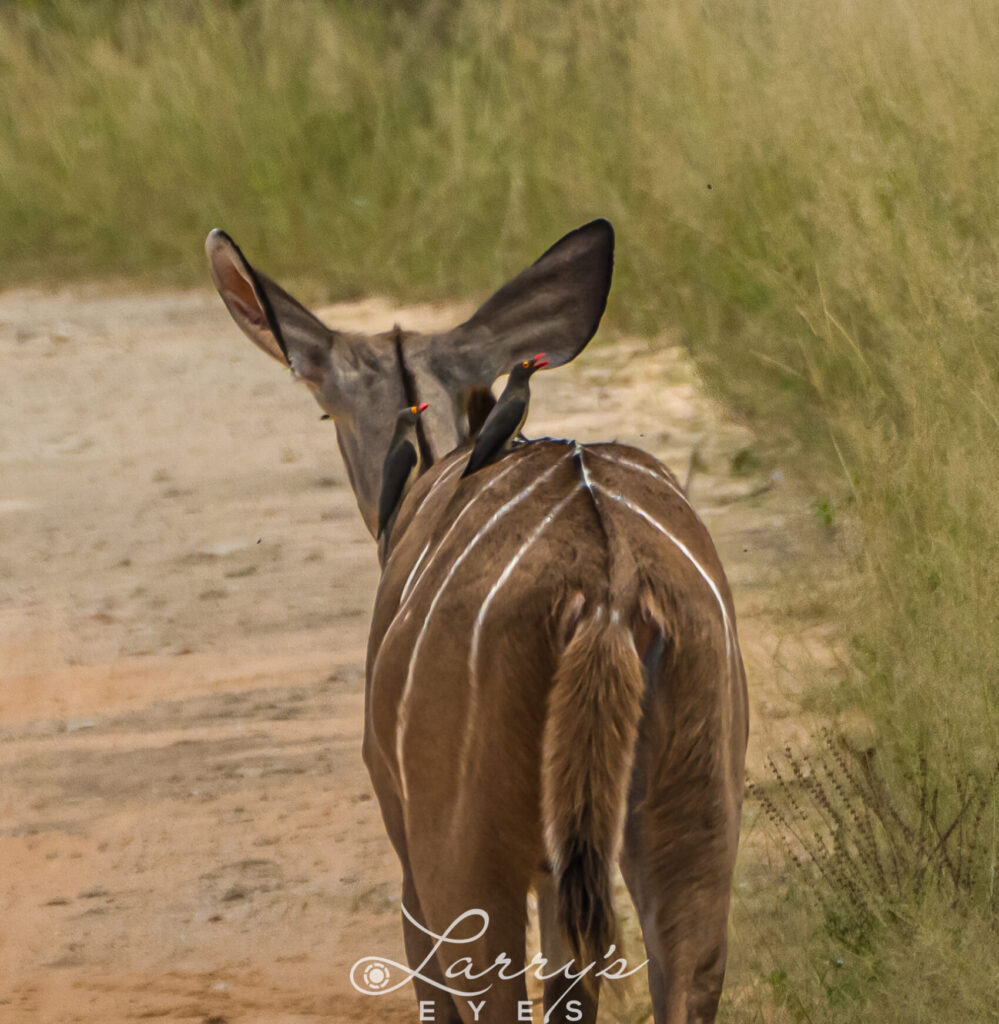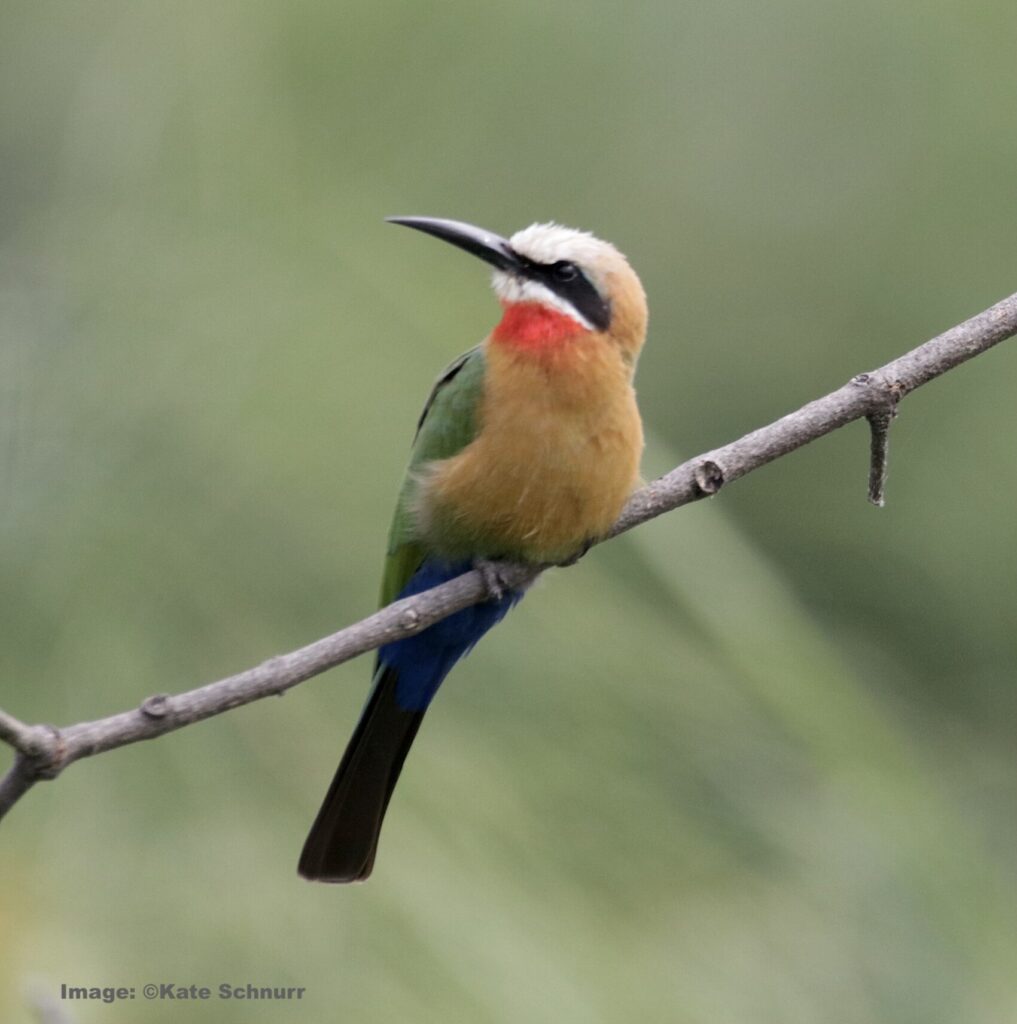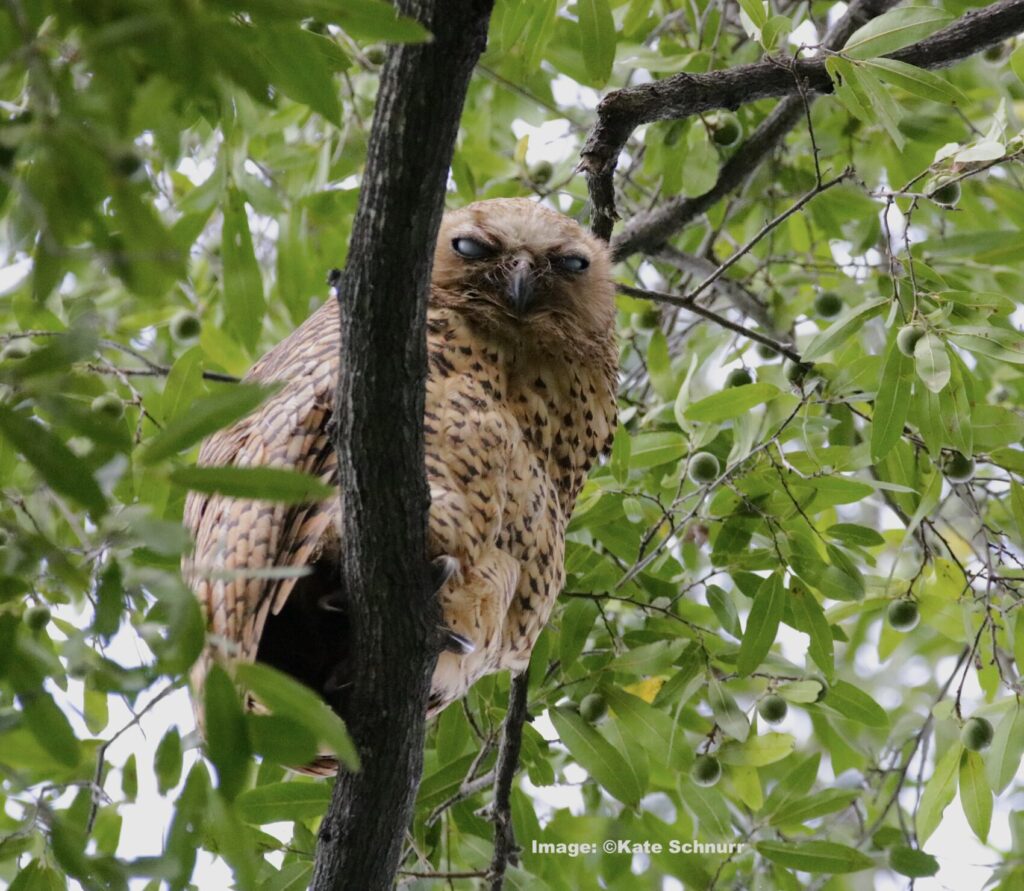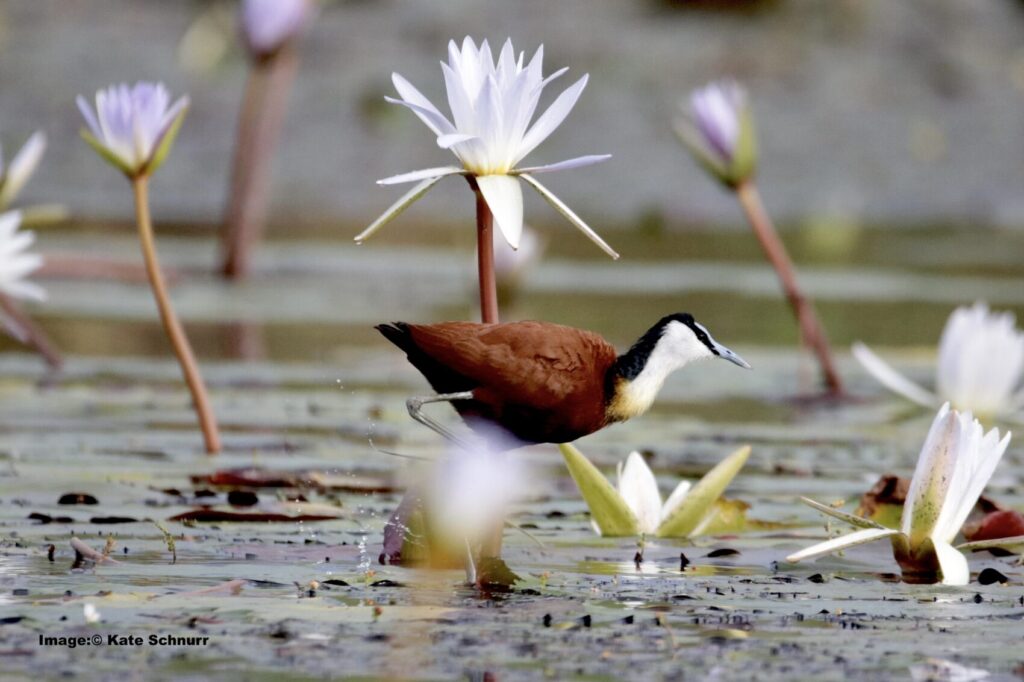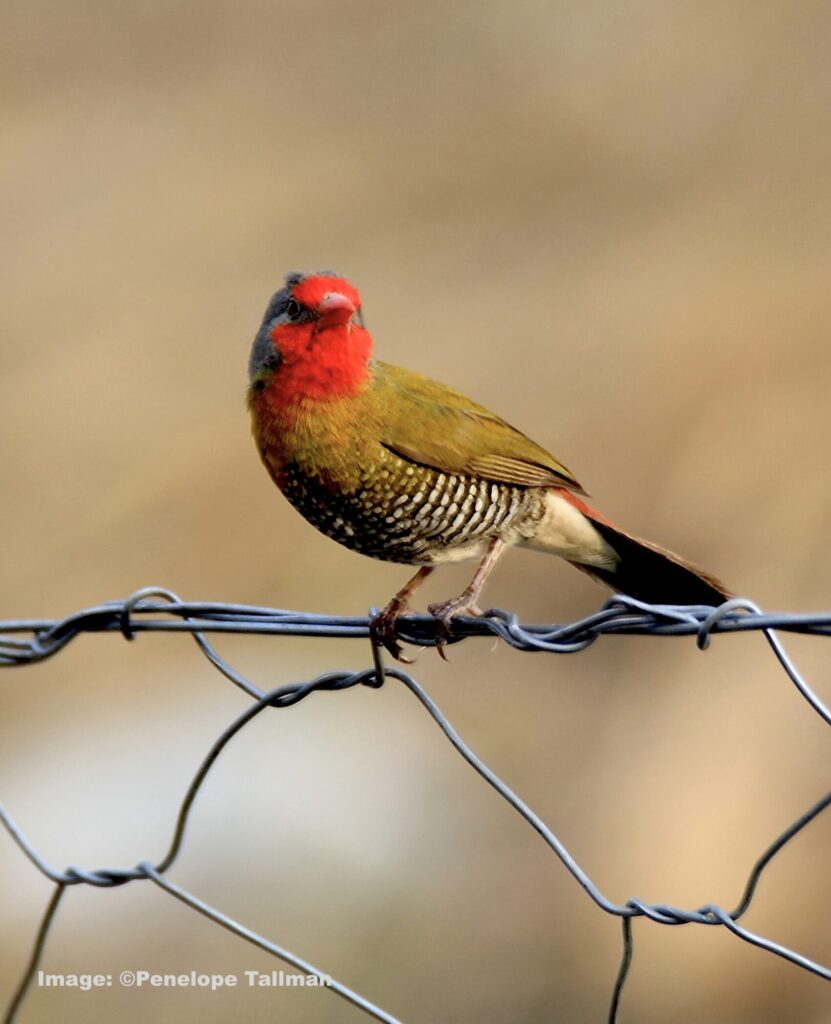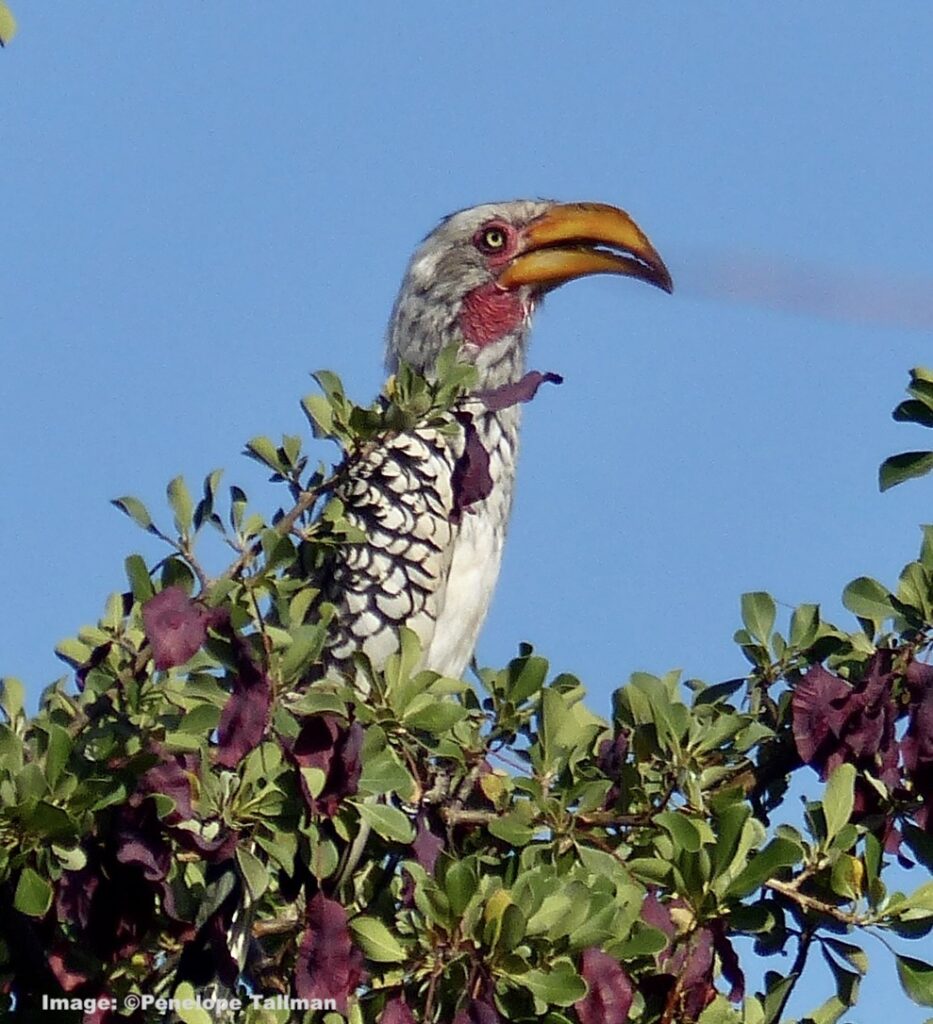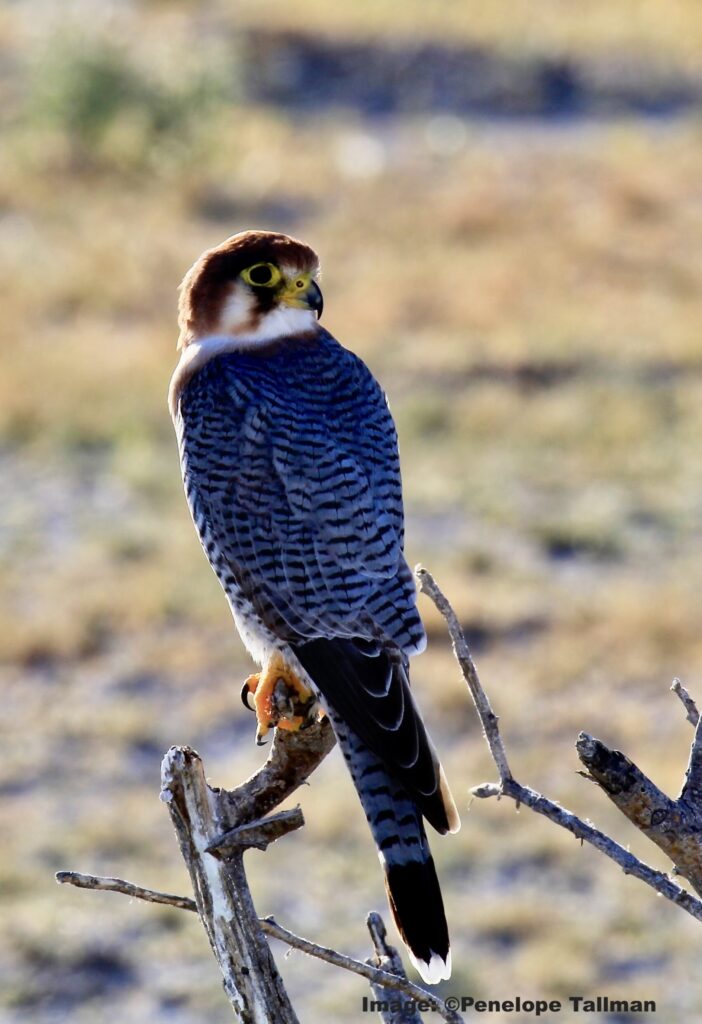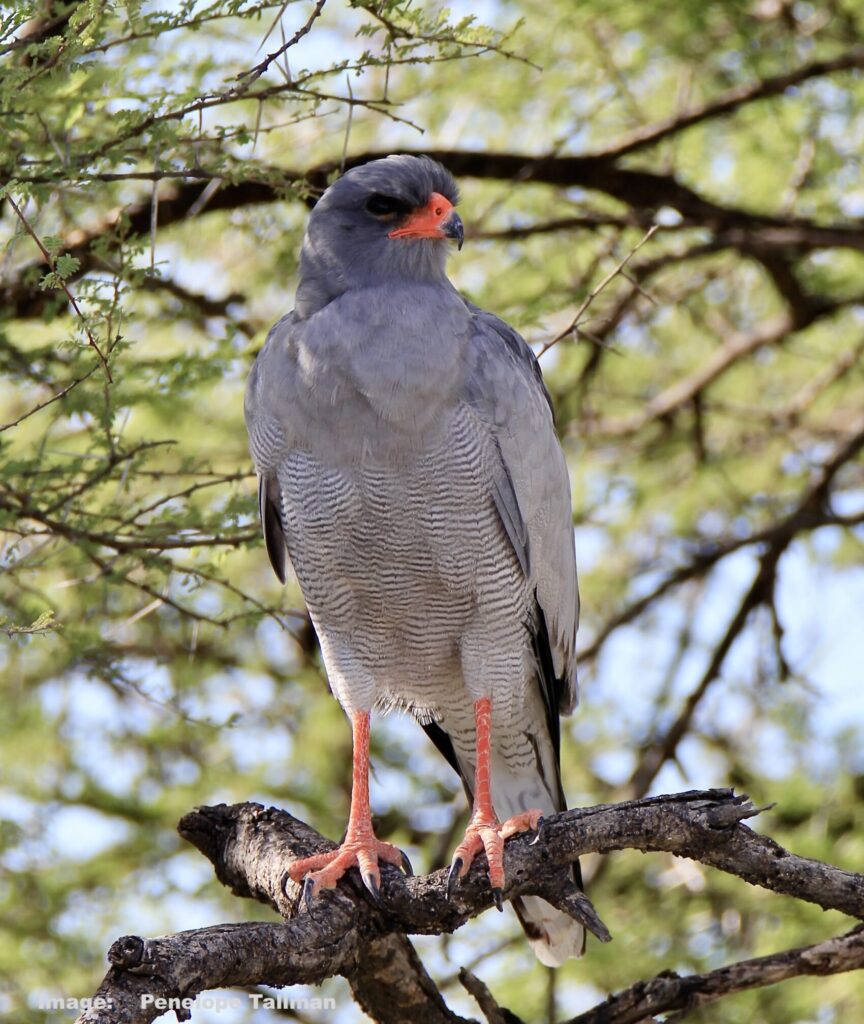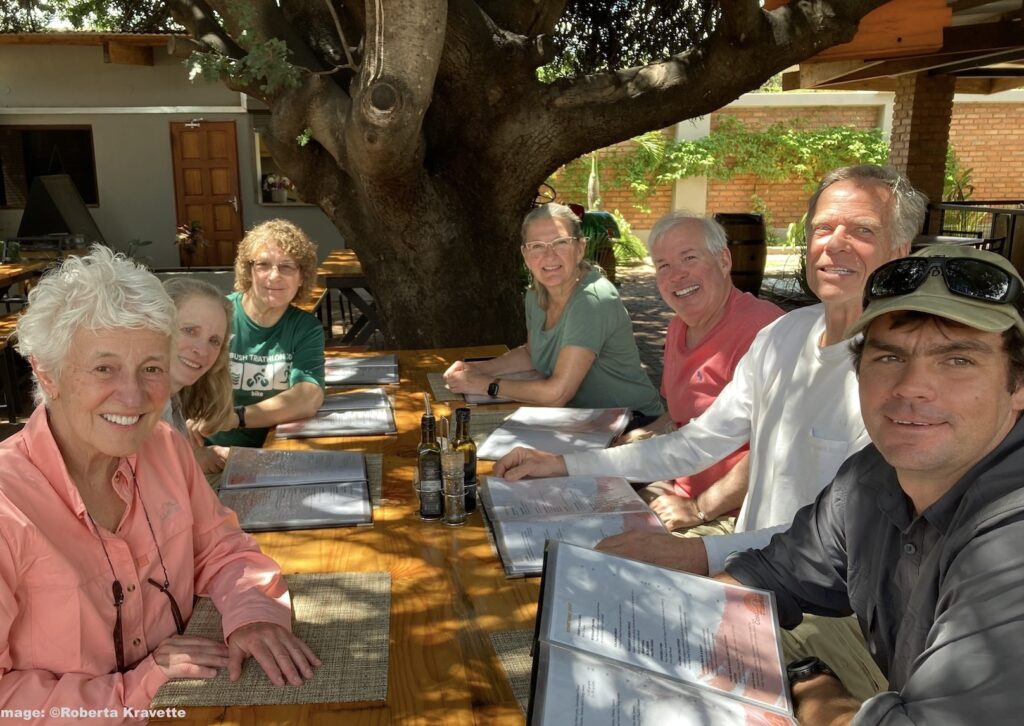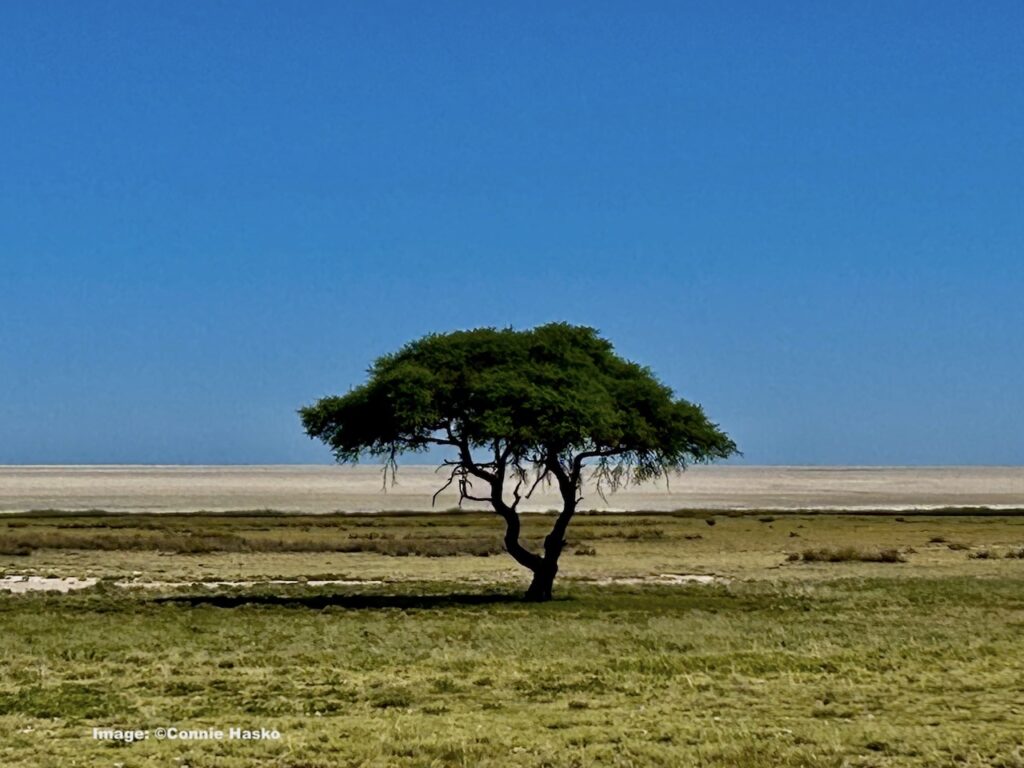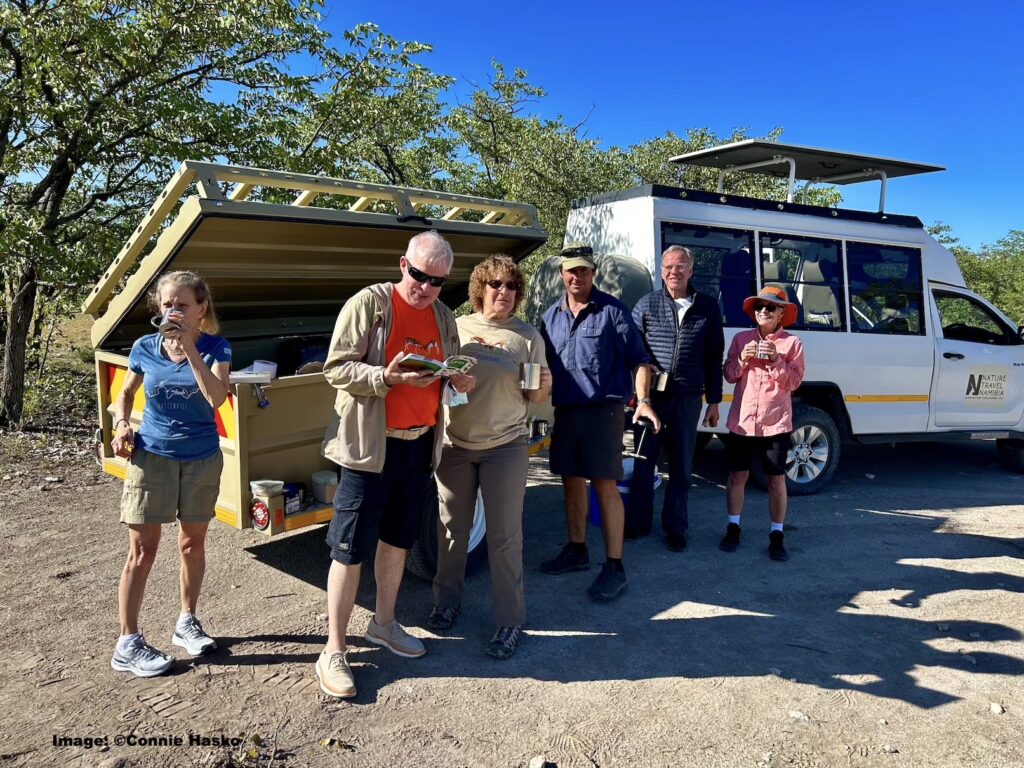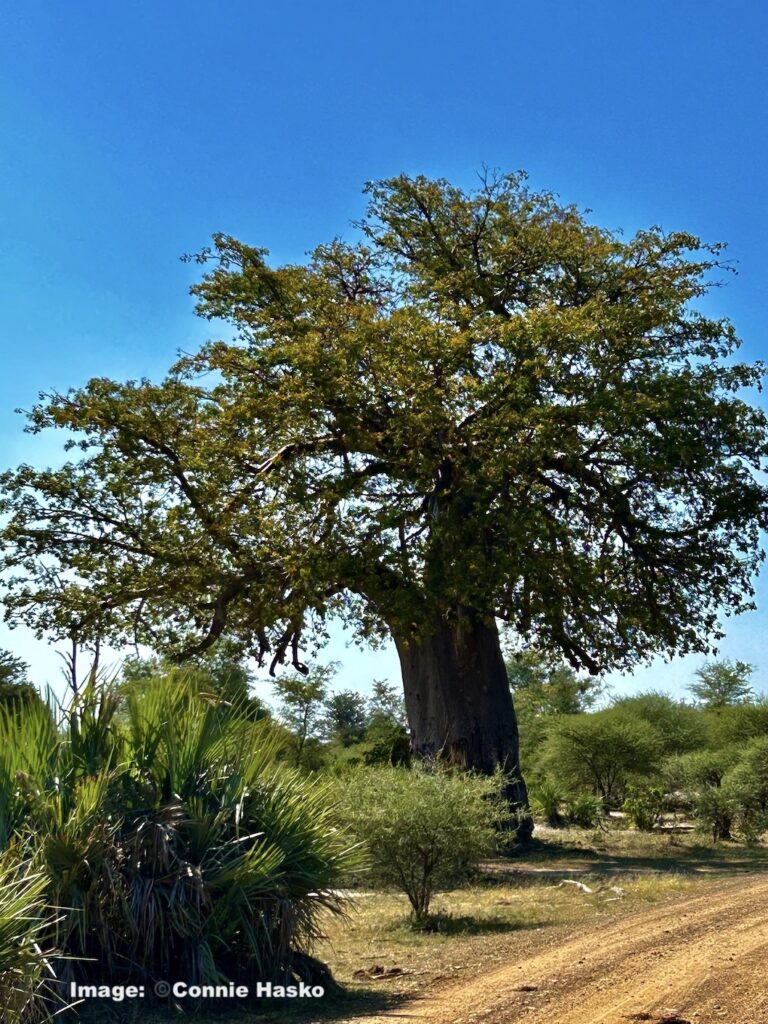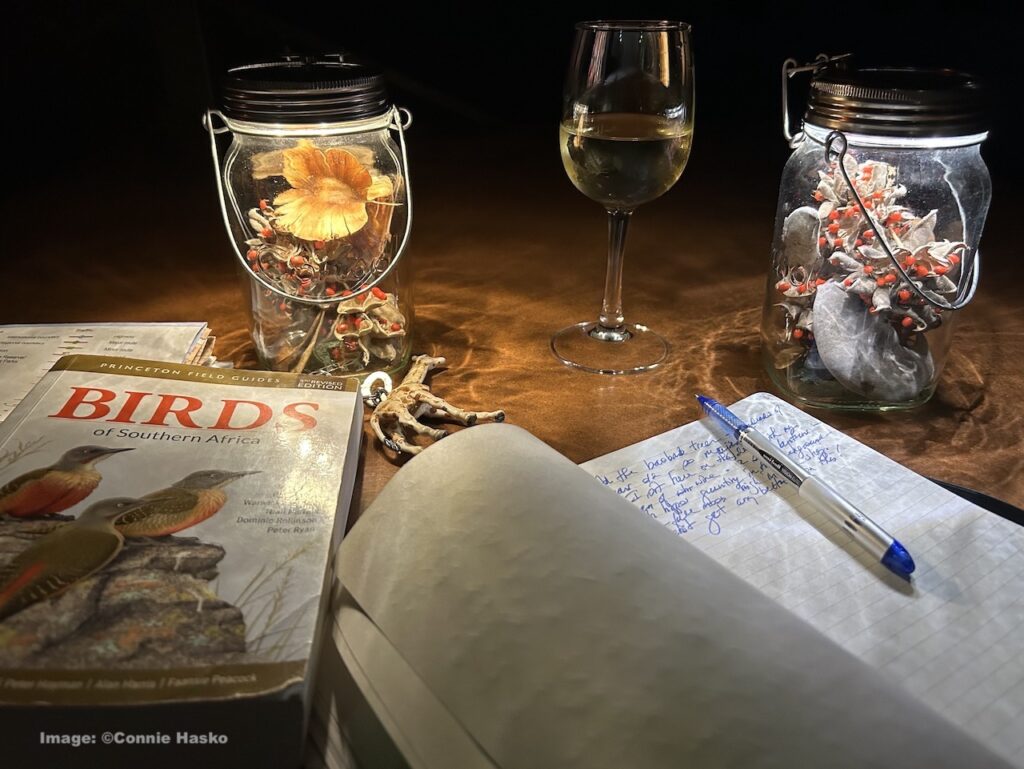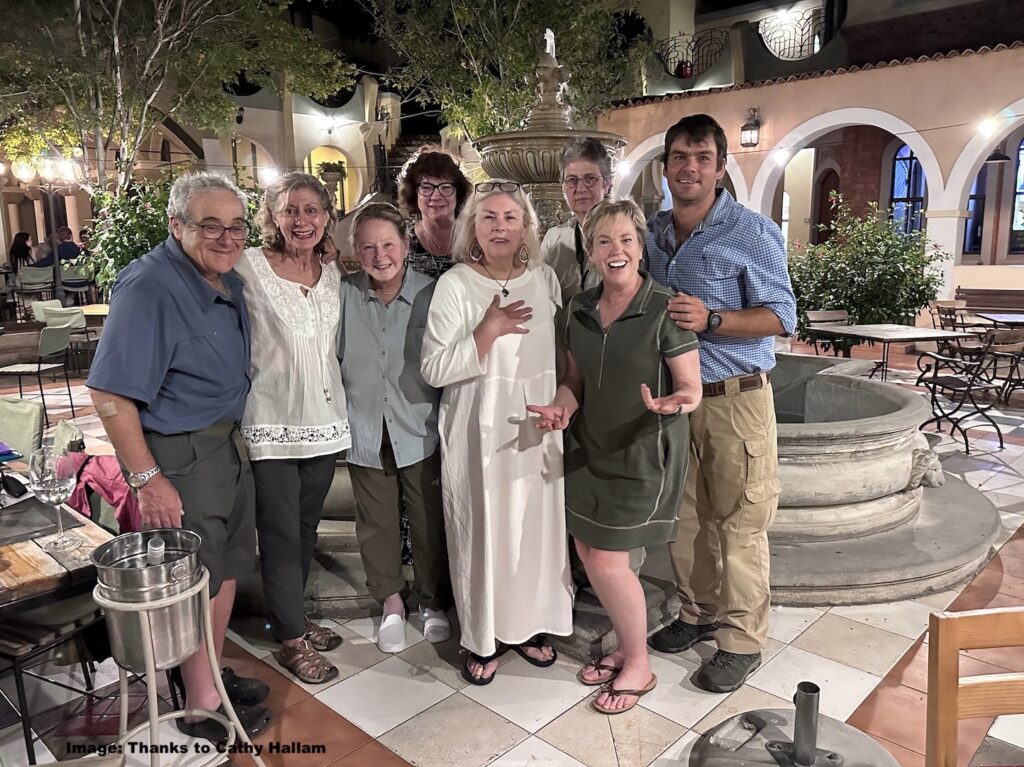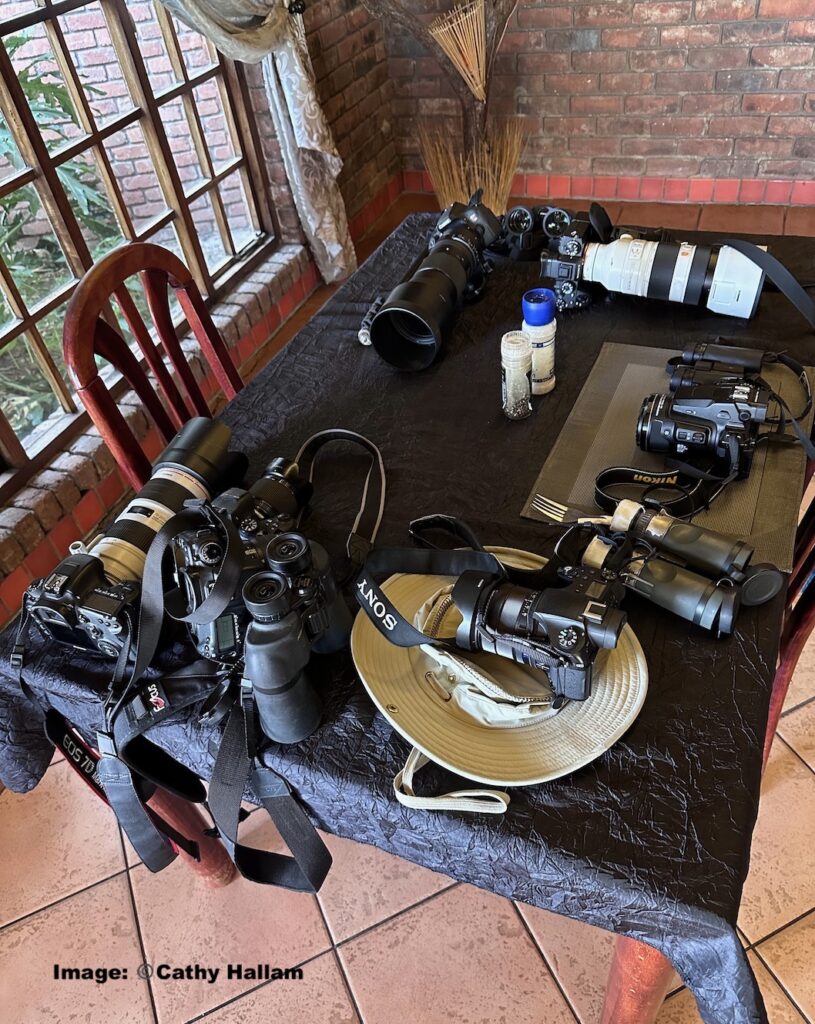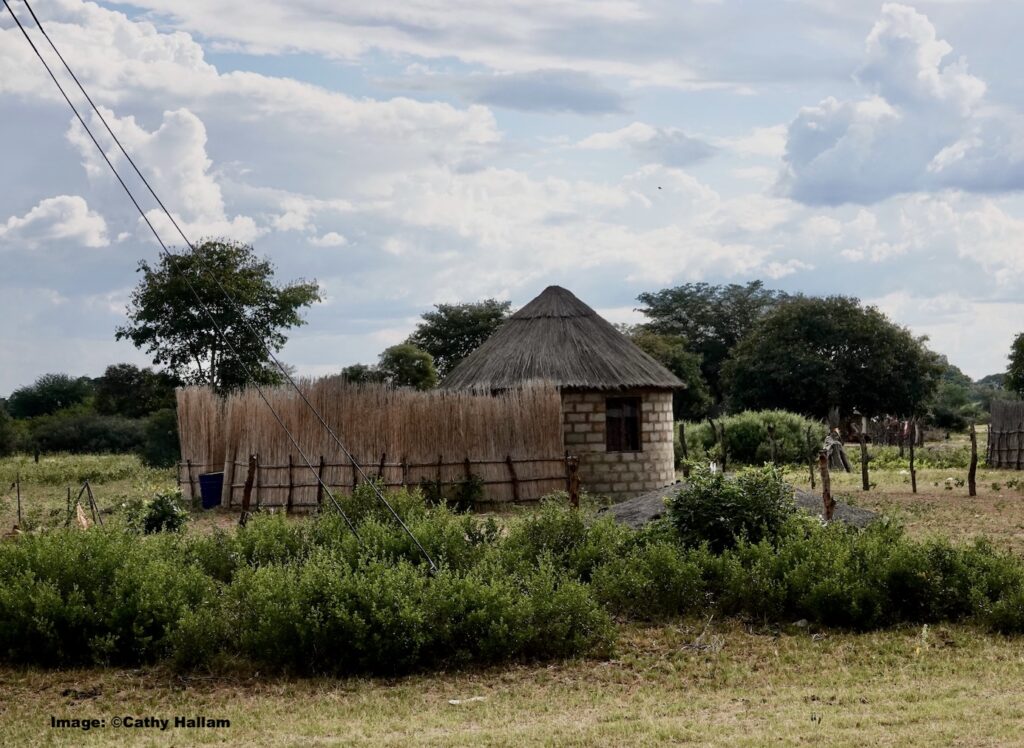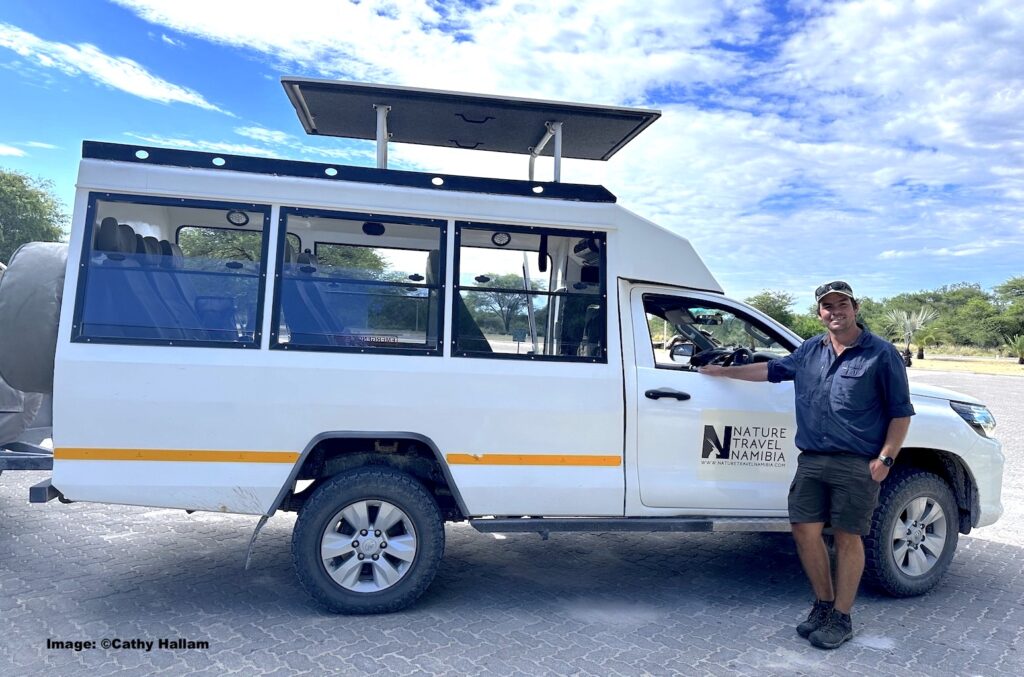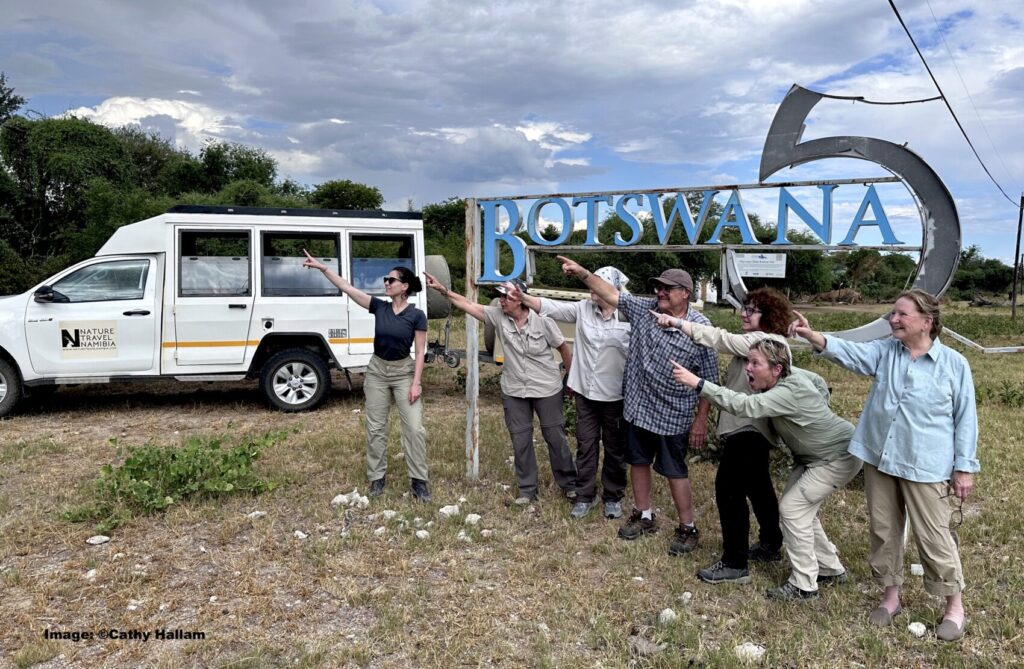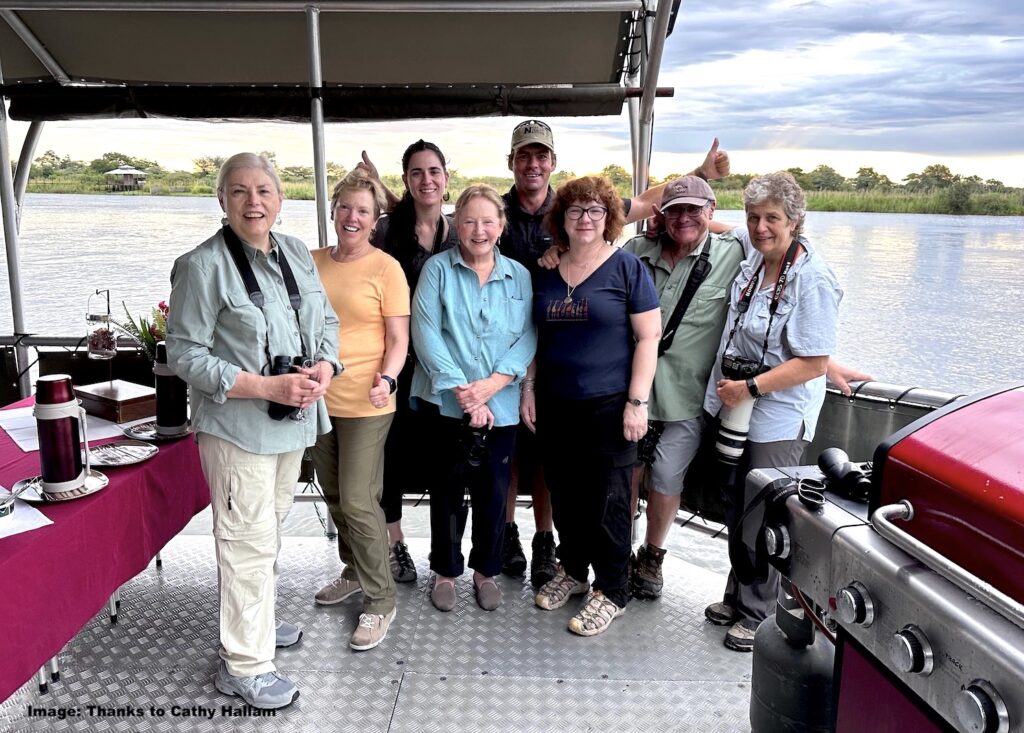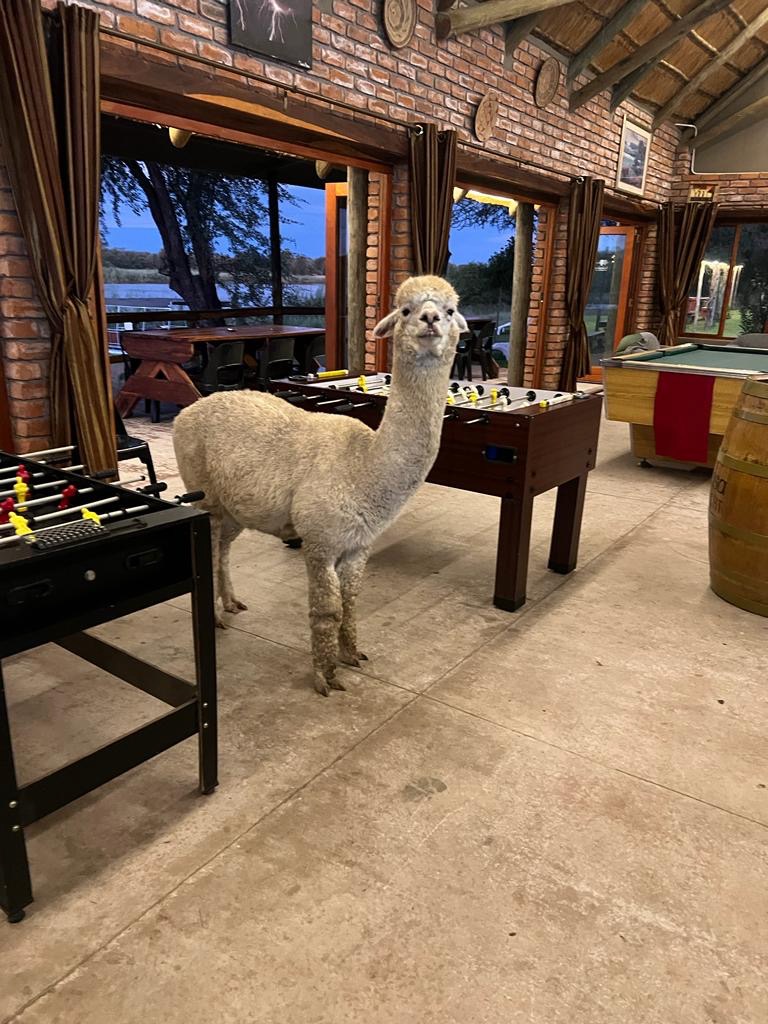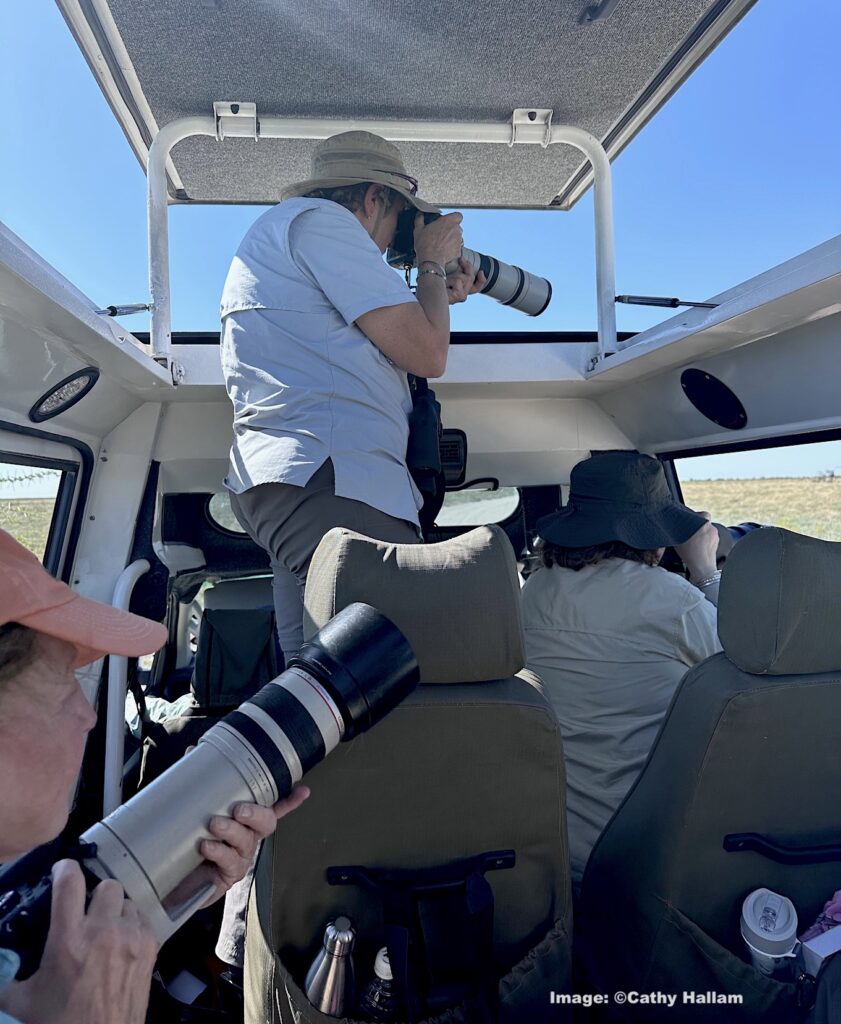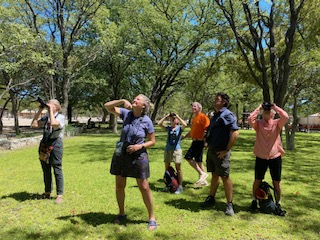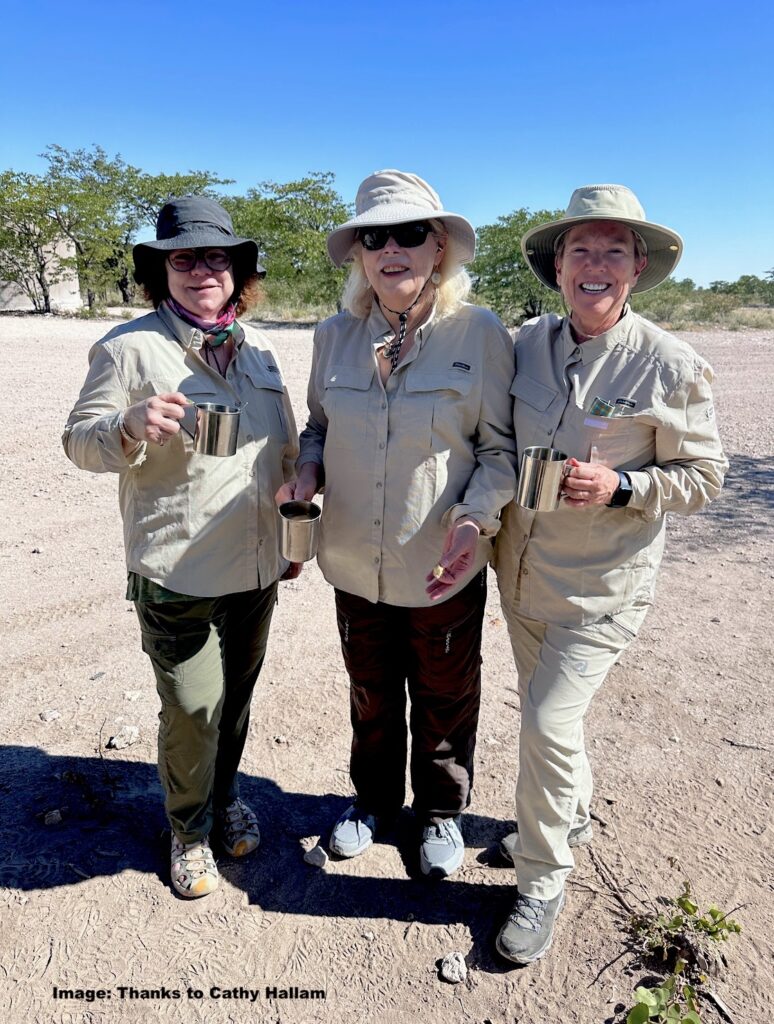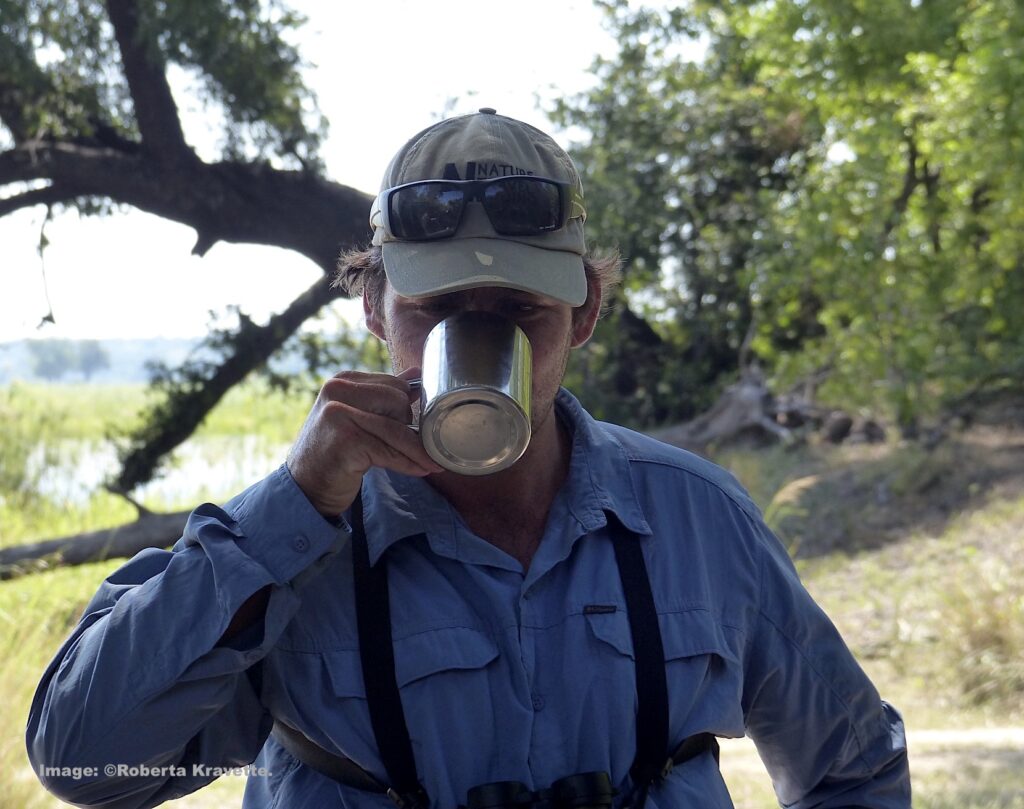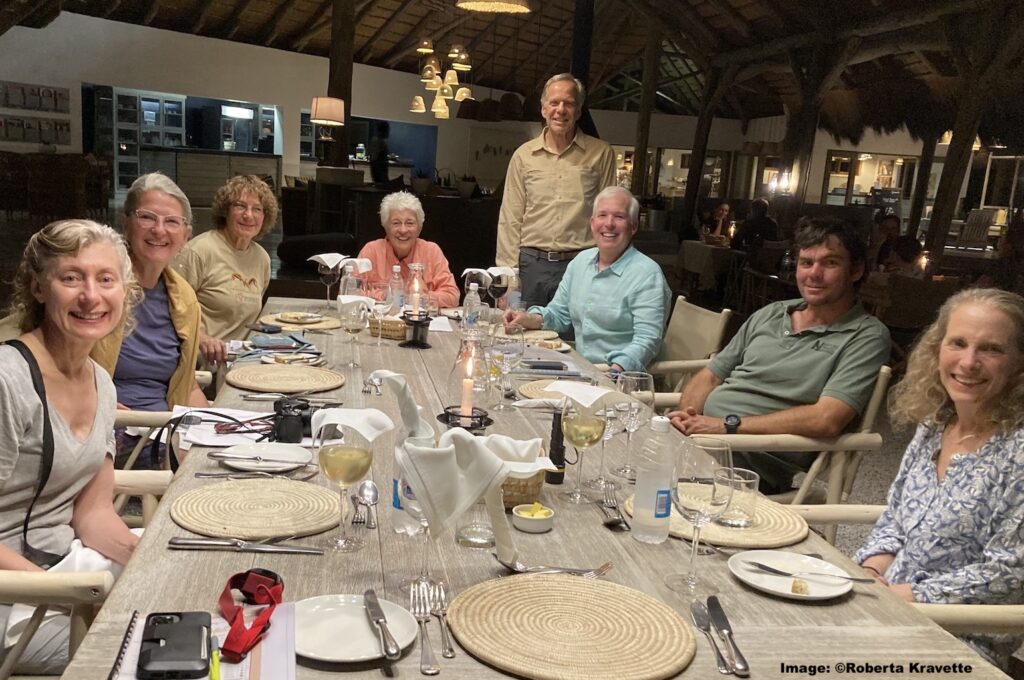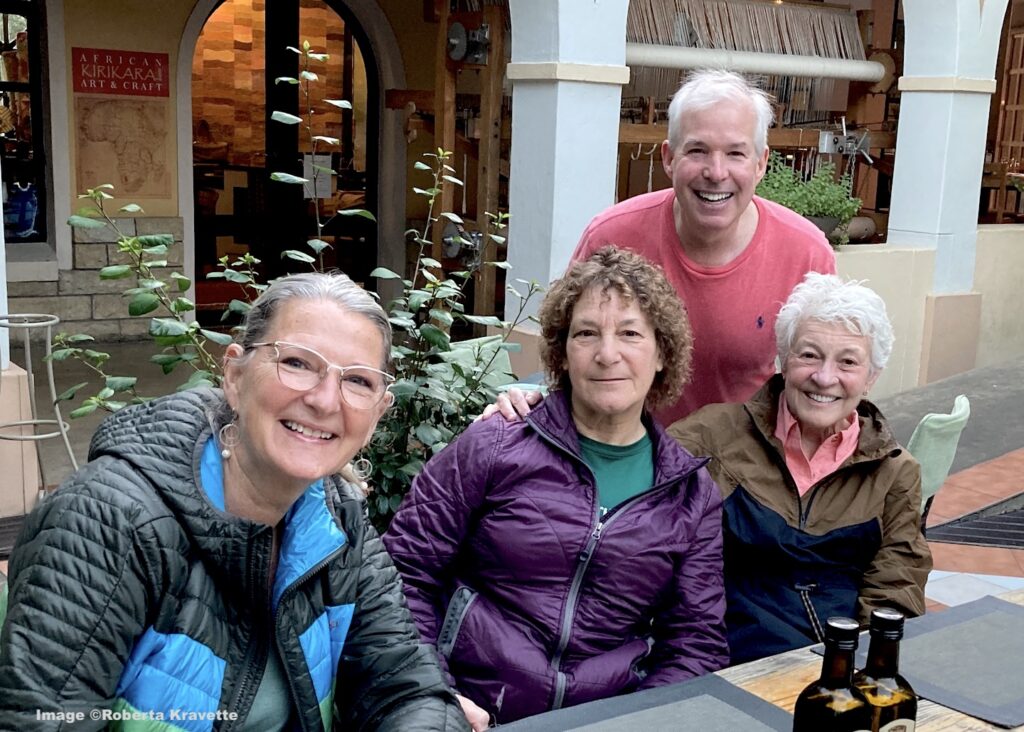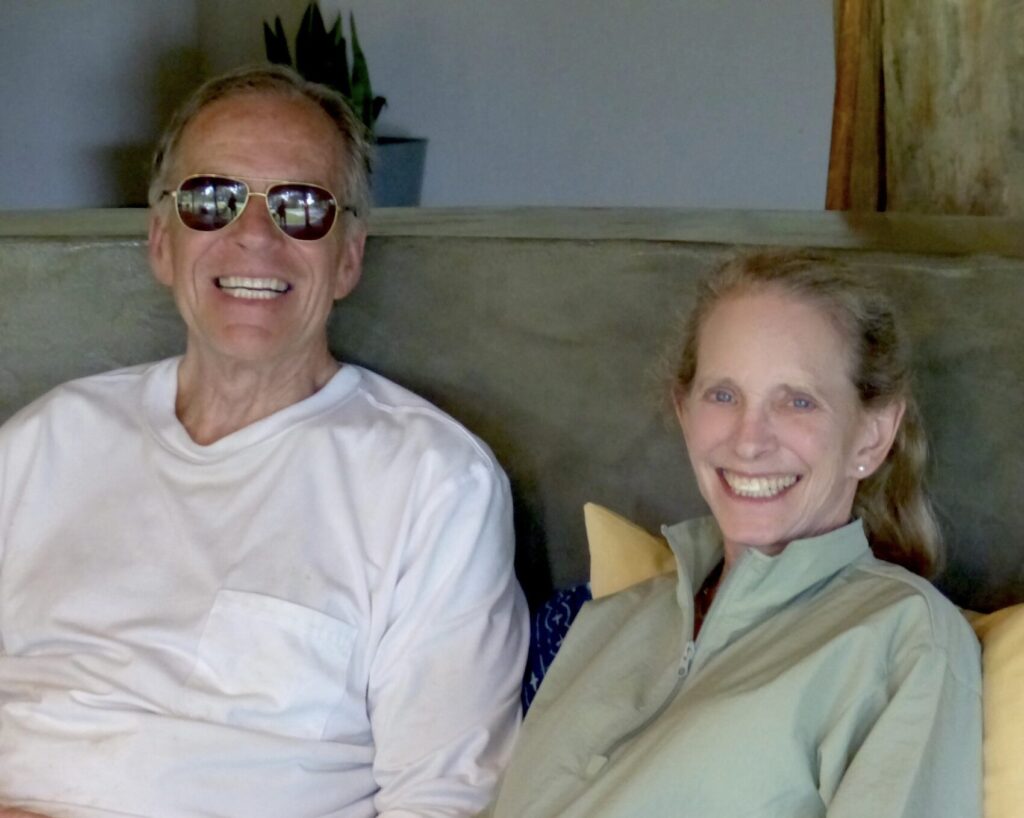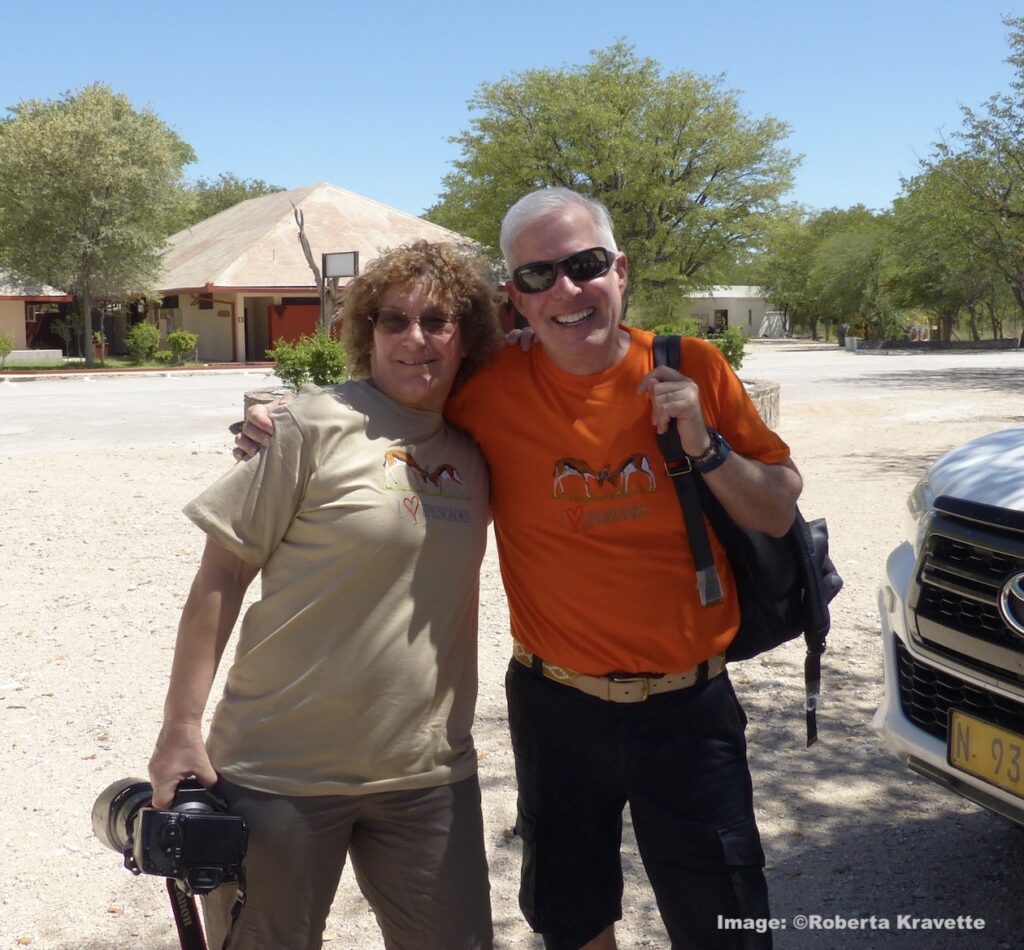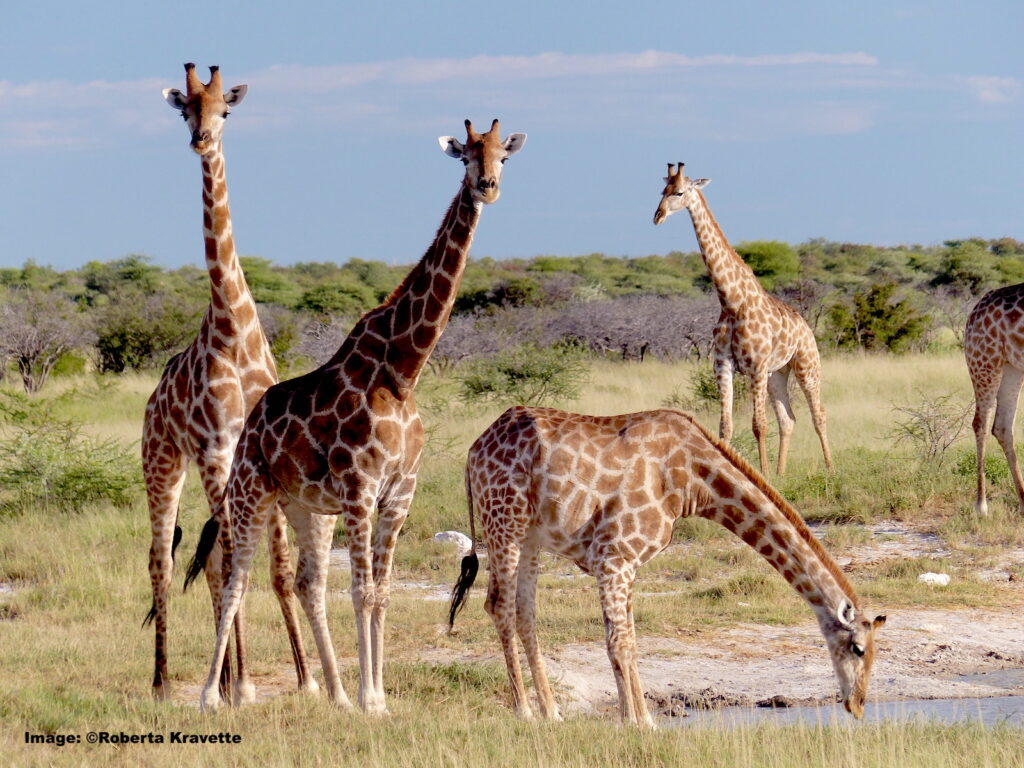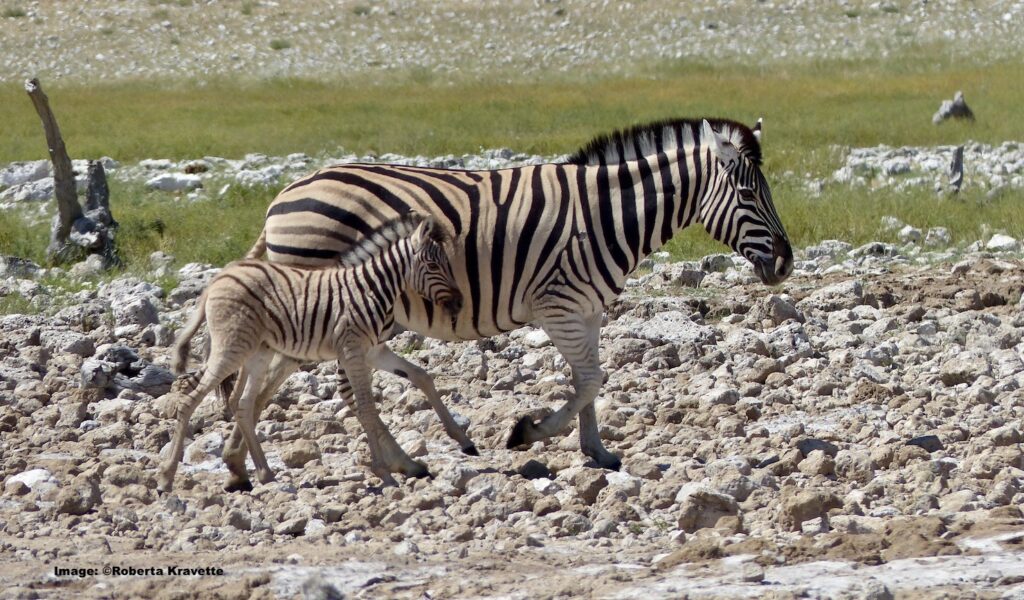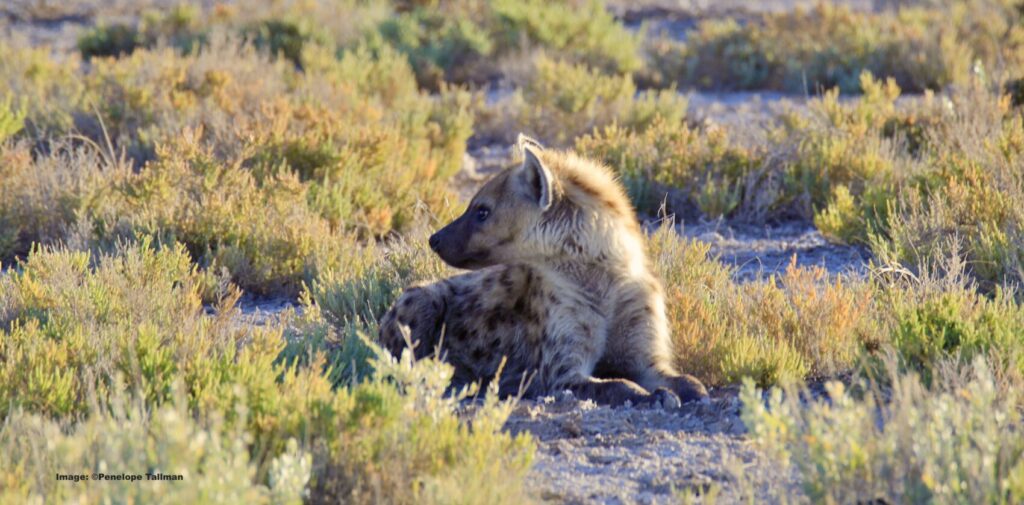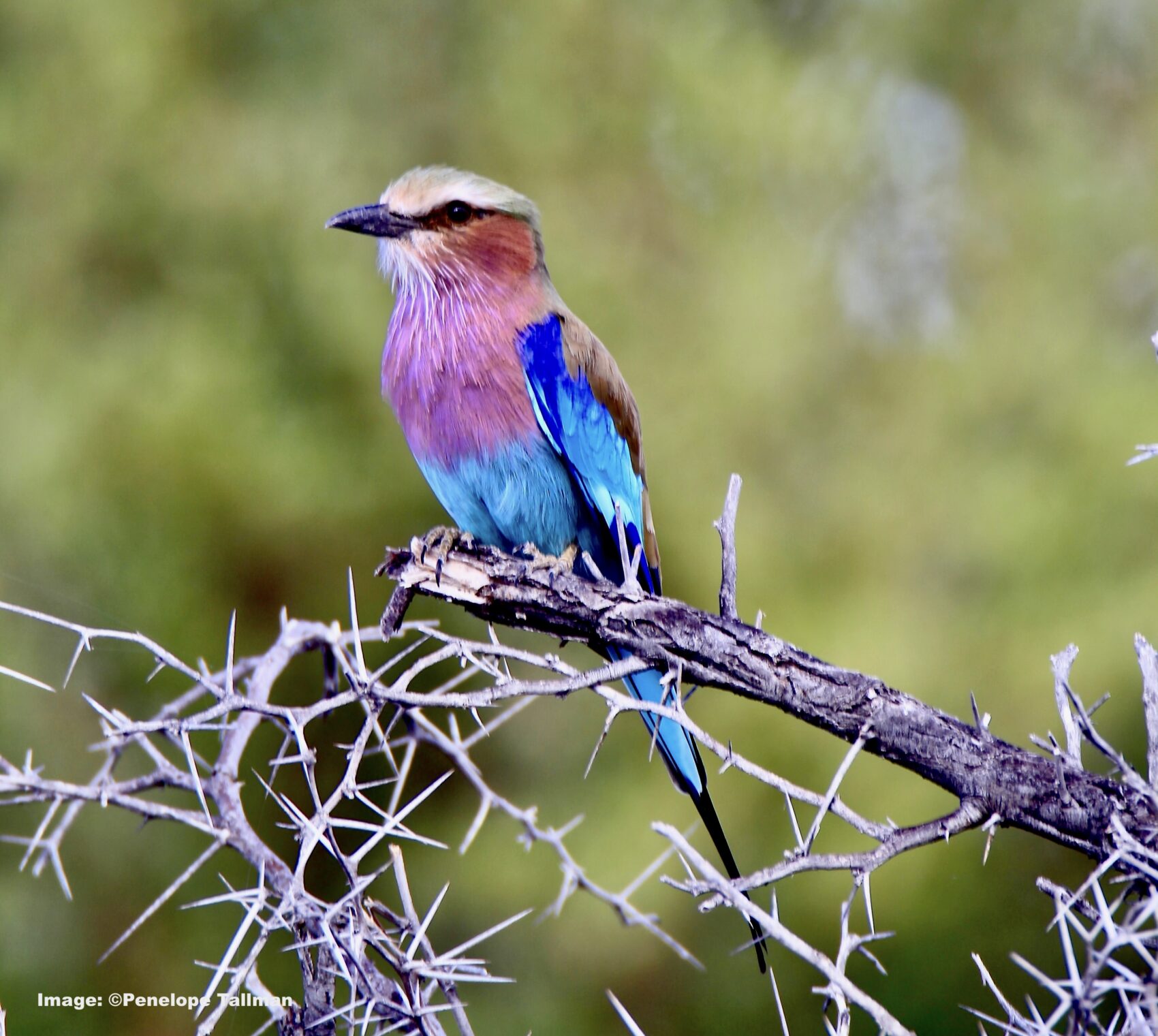
Do Lilac Breasted Rollers, African Hoopies, and Elephants have in Common?
They were all part of the adventure when we headed to Africa for a Birding Namibia and Botswana 12-day Adventure to Benefit the Grassland Bird Trust!
Our second annual birding and fundraising trip brought us to the moonscape expanses of northern Namibia’s Etosha National Park. We followed the Caprivi strip east along the Angola border and onto Botswana’s lush Okavango delta. The region’s varied biomes allowed us to explore species from three entirely different ecosystems, Namibia’s ancient salt pan, its tree and scrub savannah, and the lush flooded grasslands of Botswana’s storied Okavango Delta.
[Would you like to join the next birding trip to benefit the GBT? Let us know for advanced notice]
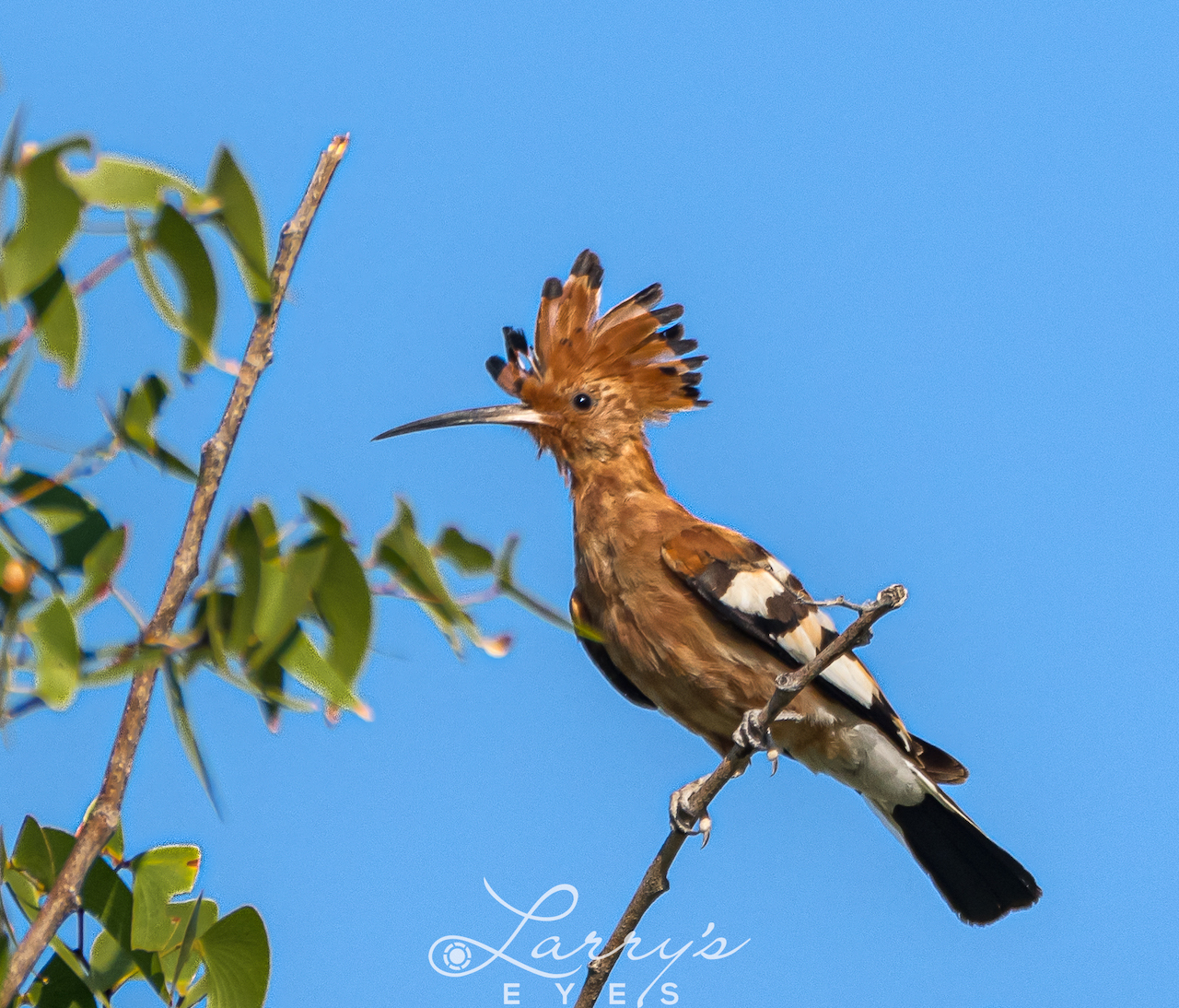
We keep our groups small, this makes for a more personal and ecologically friendly experience, but this year the response was overwhelming, and so – we added a second set of dates and sent two small groups, the second beginning as the first one ended. Together the tours raised $12,000 to help preserve and protect our vital grasslands in New York State!
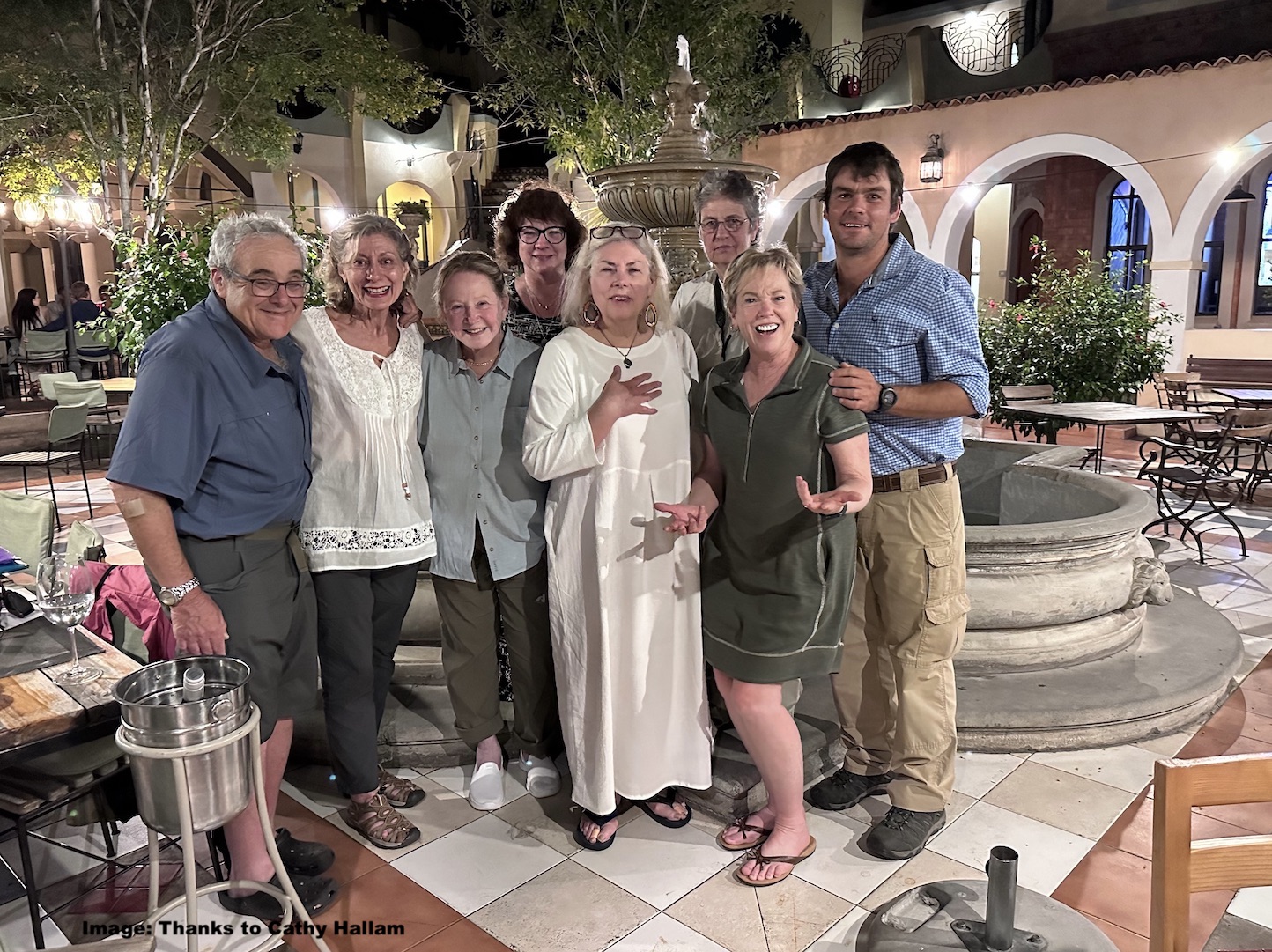
Namibia. I love this friendly, peaceful country. In an area the size of Texas, it has only 2.5 million people. That’s less than the population of Houston! You can breath in Namibia’s wide open spaces! And with conservation written into its constitution, Namibia has plenty of protected areas where birds and wildlife thrive.
We gathered in Windhoek for our first exciting night in Africa – but Marc our guide quickly brought us back to reality – it would be an early start! We turned in after a sumptuous welcome dinner – but sleep? Thoughts of experiencing birds and animals most of us had only read about kept me awake and as it turns out – I had plenty of wide-eyed company!
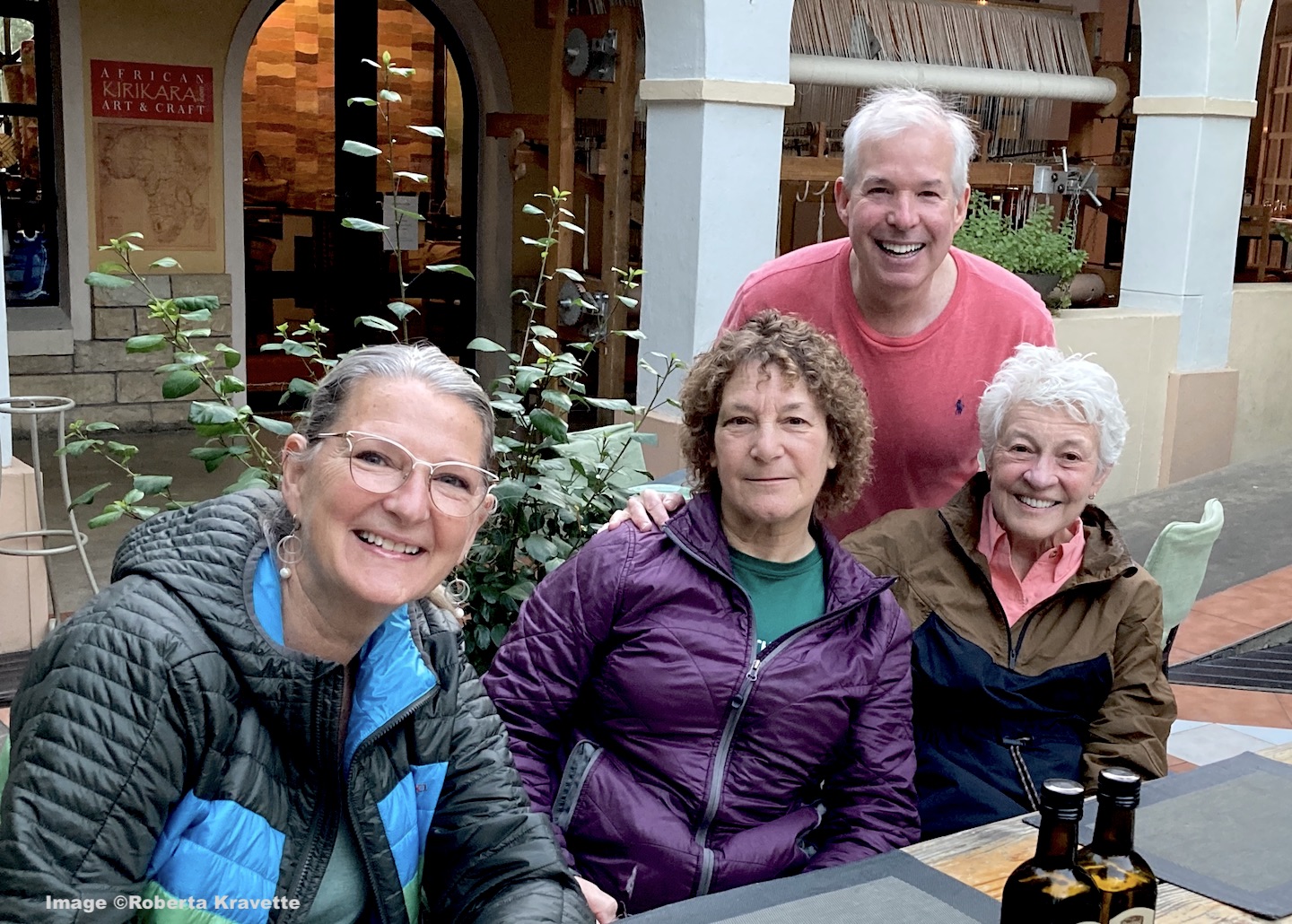
Finally, the sun rose and we were off – and just a few miles outside of modern Windhoek we began to learn about the other side of Namibia. “No, we aren’t in Kansas anymore, Toto.”
The traditional round house with a stick and reed boma nearby to protect the family’s goats and cows at night, is still home to many living outside of only a handful of larger cities. If the house has power it comes from an individual solar panel, and people get their household water from a community well or other source. There is little electricity or plumbing in these villages.
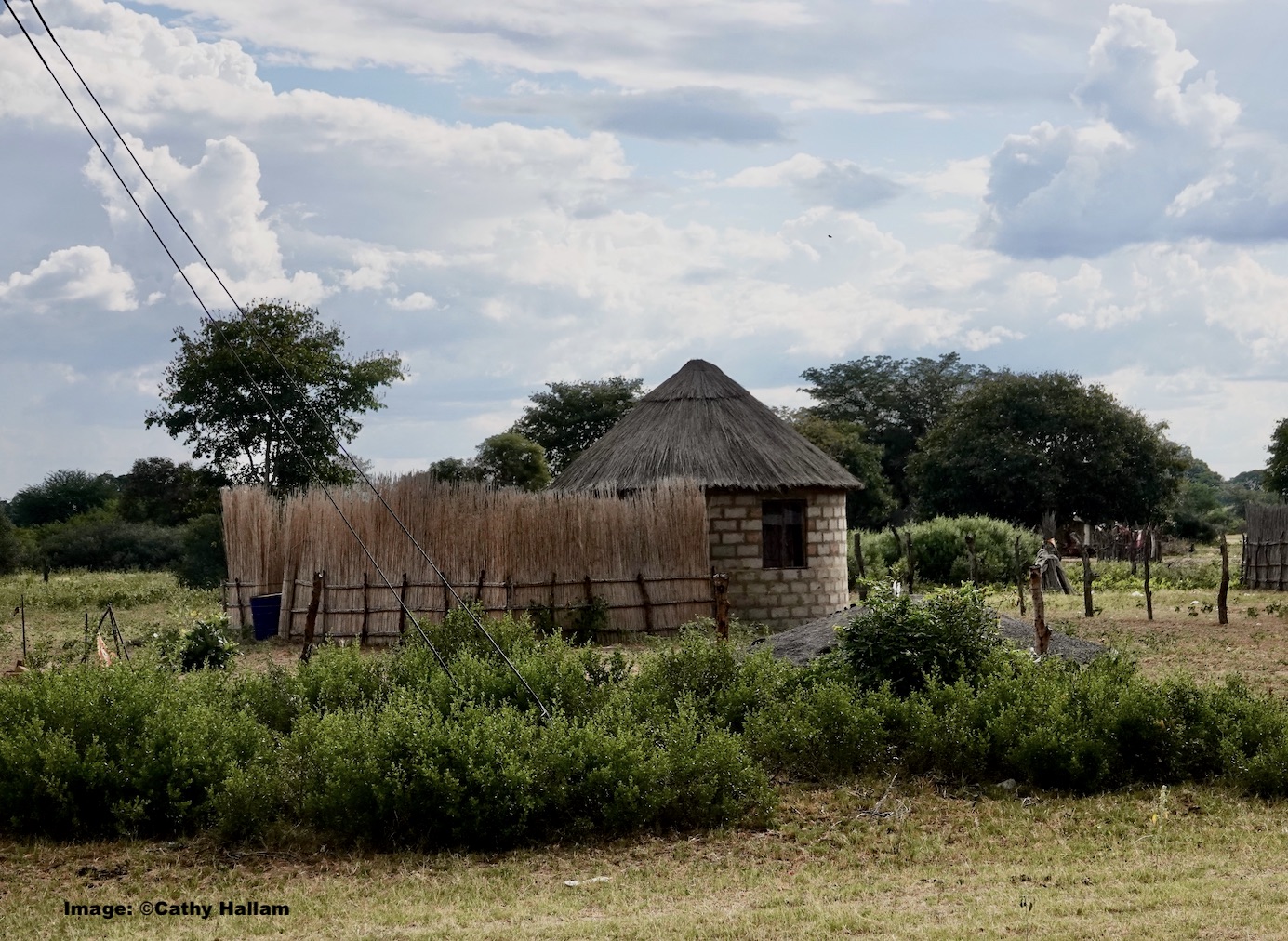
Tourism can be a force for good in the world – if you are mindful of the details. Every lodge we stayed in was locally owned and operated. Each shared their tourism income with their community by supporting the local school, water supply, health care, or other projects – and one lodge owner, in an area very distant from any “city,” was building a small water park specifically for the local neighborhood children.
Etosha National Park is a World of its Own
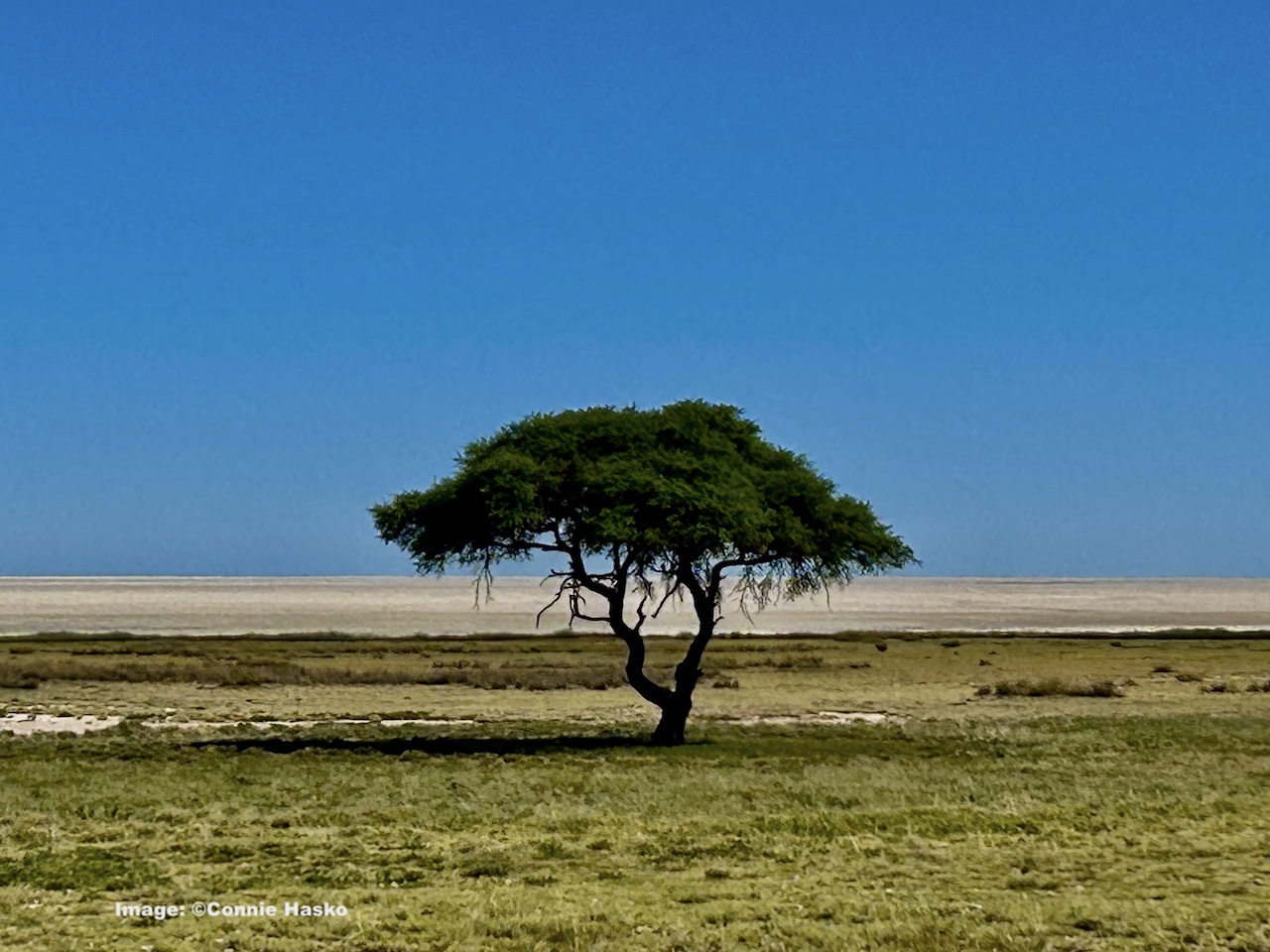
Two weeks becomes a “short time” when there is so much to explore, so we stayed in northern Namibia with Etosha National Park our first stop.
At first, there is “nothing” in the baked dry landscape flat as far as you can see. But as your eyes adjust to the colors and stillness of this new world you begin to notice springbok grazing, a spotted hyena curled up resting, a colony of African ground squirrels chasing and playing, and a myriad of desert-adapted birds, including the heaviest flying bird on the planet, the Kori Bustard foraging in the scrub grass.
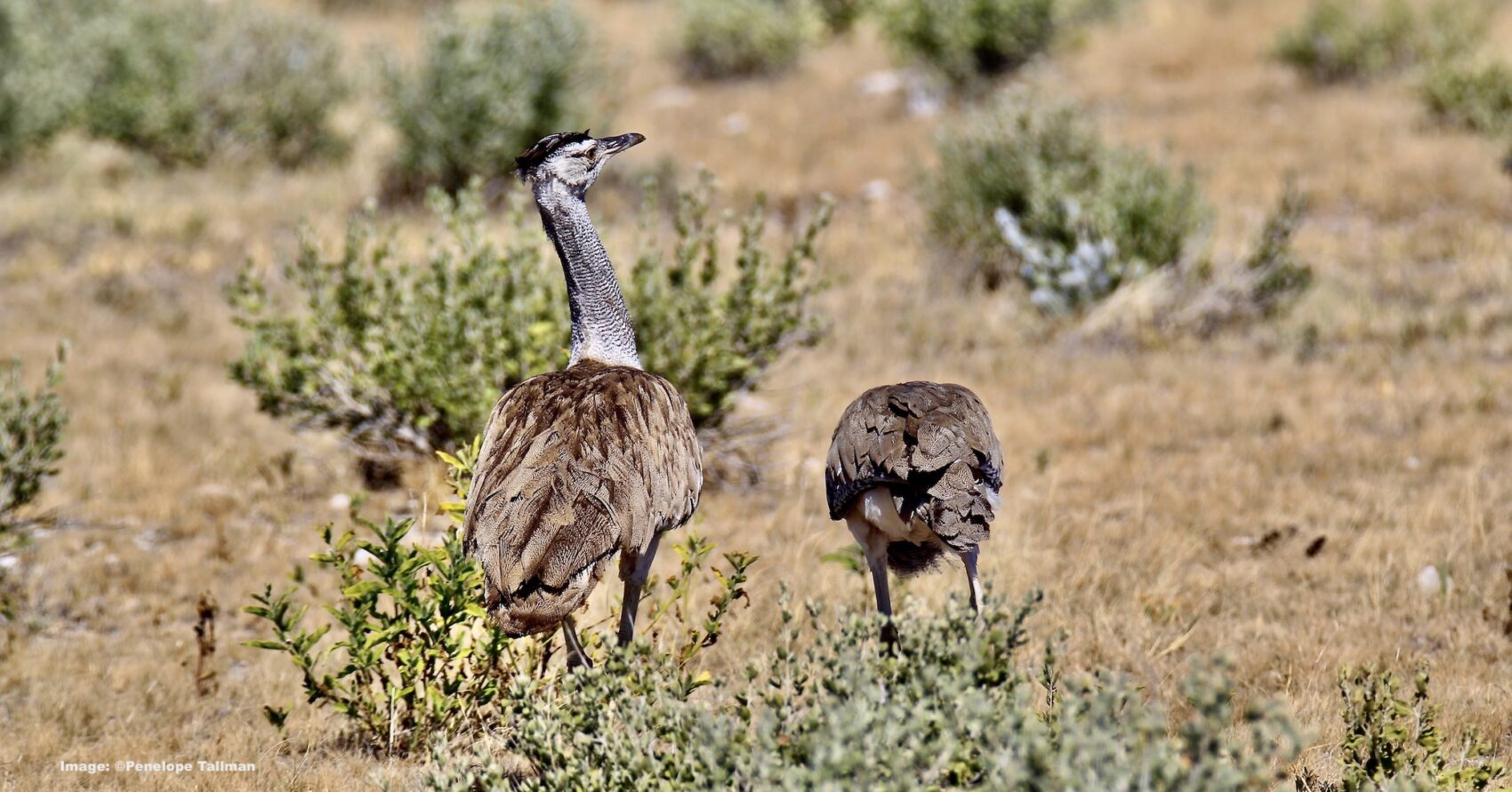
It seemed impossible that the desolate salt pan and arid habitat is home to so many species!
Birding in Namibia and Botswana is a (mostly) vehicle-based endeavor (being lunch for a lion puts a damper on the festivities) but our pop-top offered excellent viewing and by the end, each group added well over 200 new bird species to their sighting tallies.
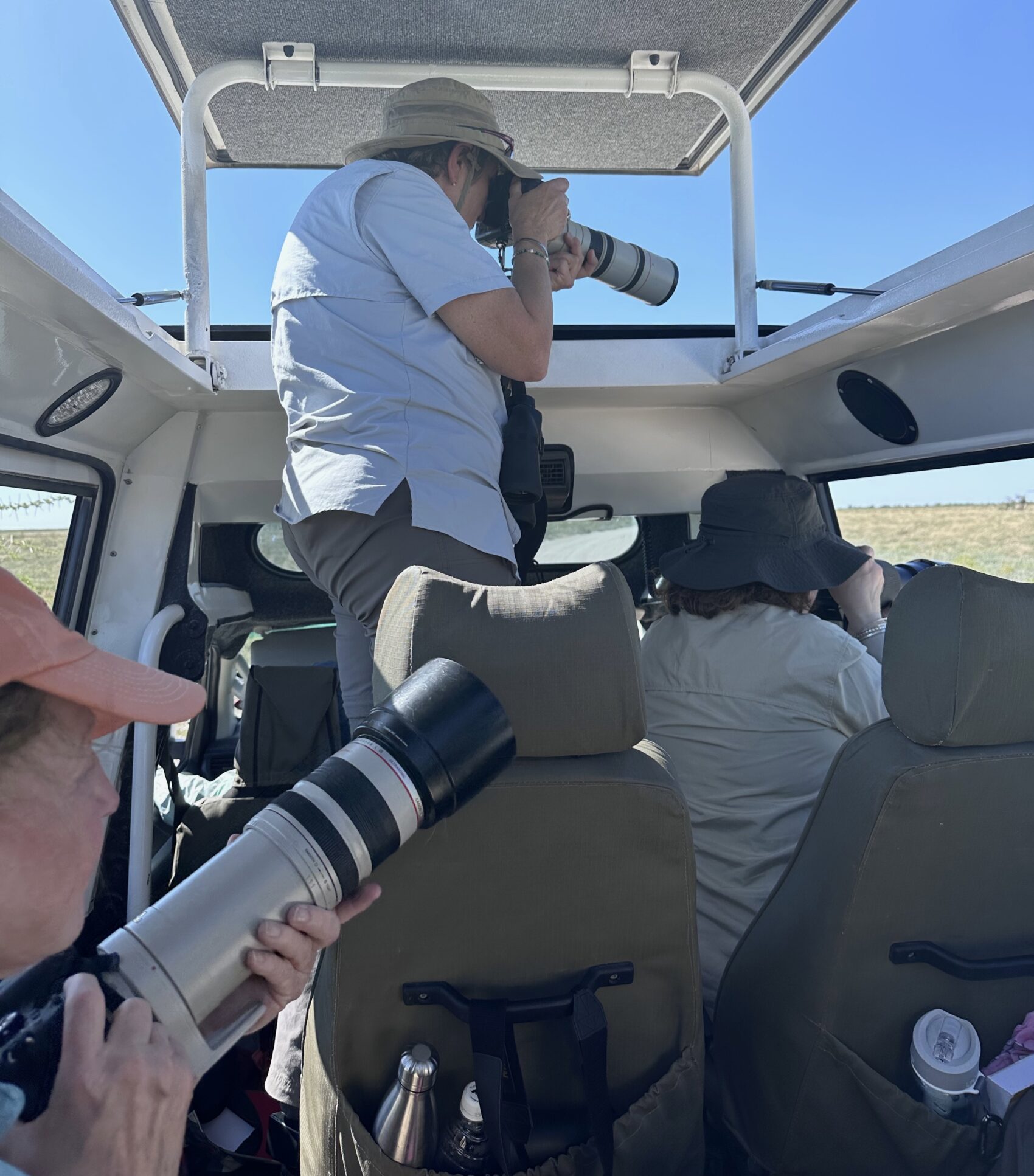
But no matter how interesting the birds are, we could not help but notice the neighbors, too; these birds live among elephants, zebra, giraffes, rhinos, springbok, hippos, and crocs.
Luckily, we had a couple of great avid amateur photographers to document the adventure!
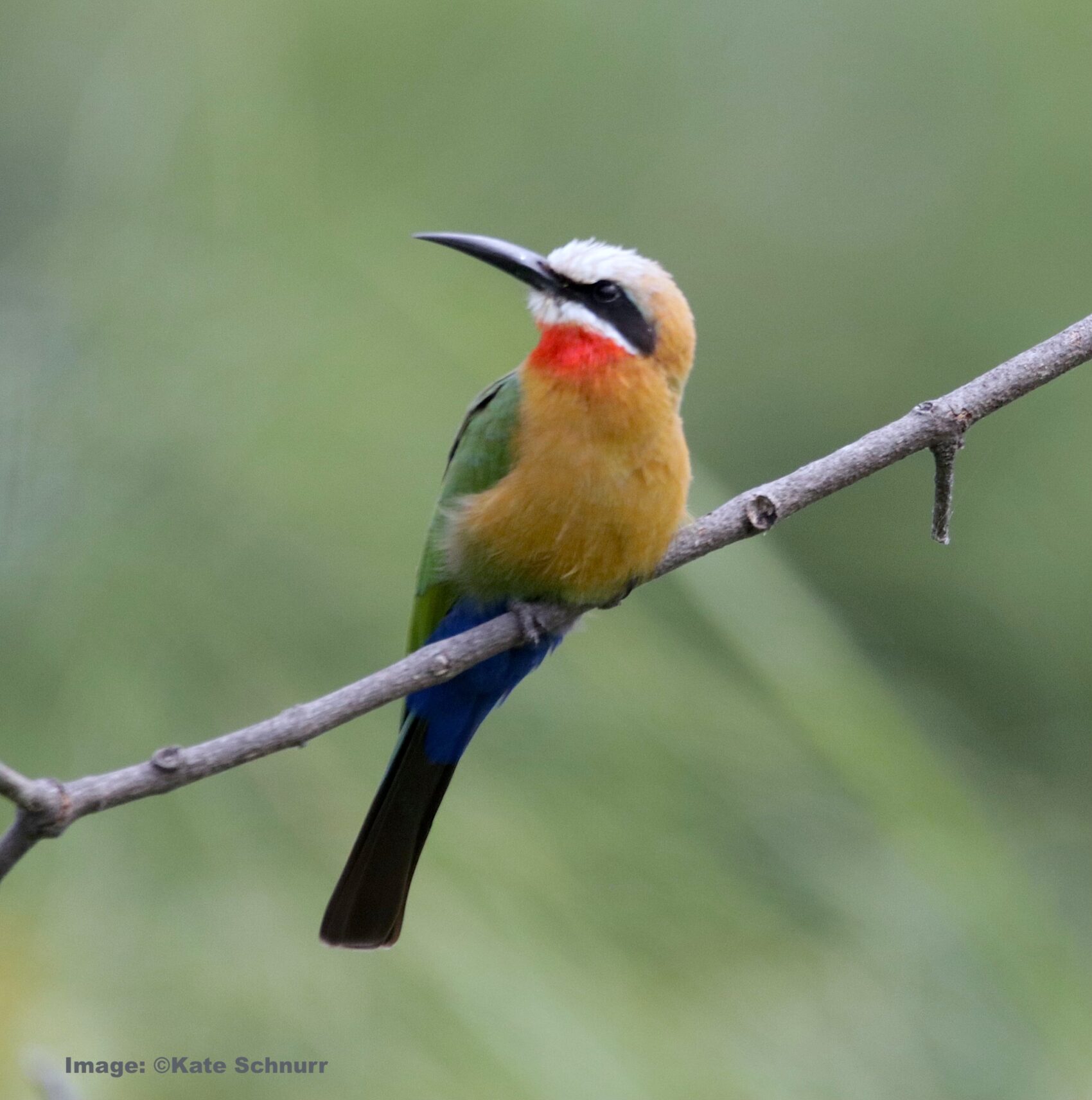
One thing you learn fast in Namibia is the secret of the water holes – eventually everyone arrives for a drink. Granted, we were all there for an avian adventure, but there is something about a baby elephant that captures the heart of the most ardent birder. Their antics at the waterholes had us laughing – the babies are adorable!
We spent hours at the waterholes watching the elephants , zebras and giraffes – and in among them, Namaqua and double-banded sandgrouse, red-crested and Northern black koran, crimson-breasted shrikes, Southern yellow-billed hornbill, tawny eagles and pale chanting goshawks.
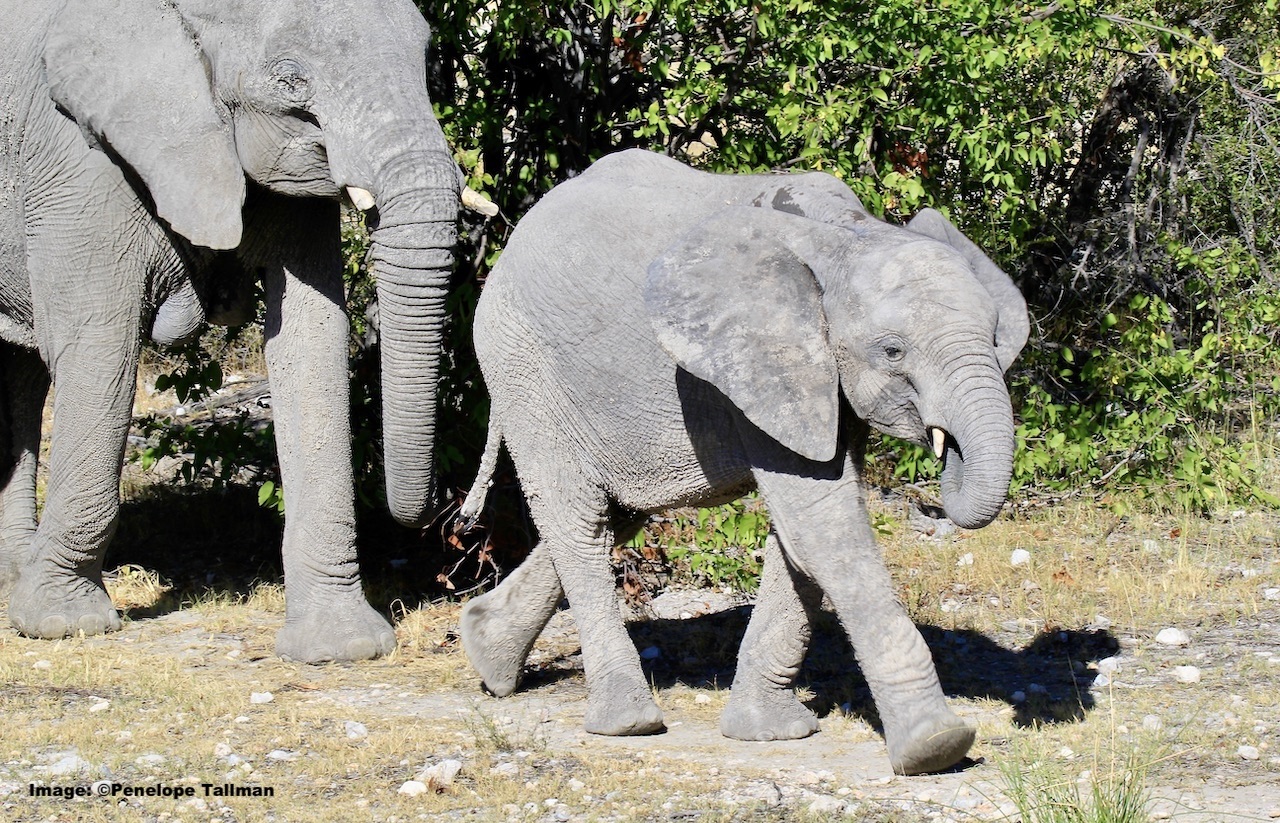
Thirst quenching is challenging for a giraffe, and makes them highly vulnerable to predators. Always at least one family member keeps watch. There is safety in numbers and groups of prey animals wander in and out together including delicate springbok, majestic kudu, and wildebeests that look as though they are designed from leftover parts.
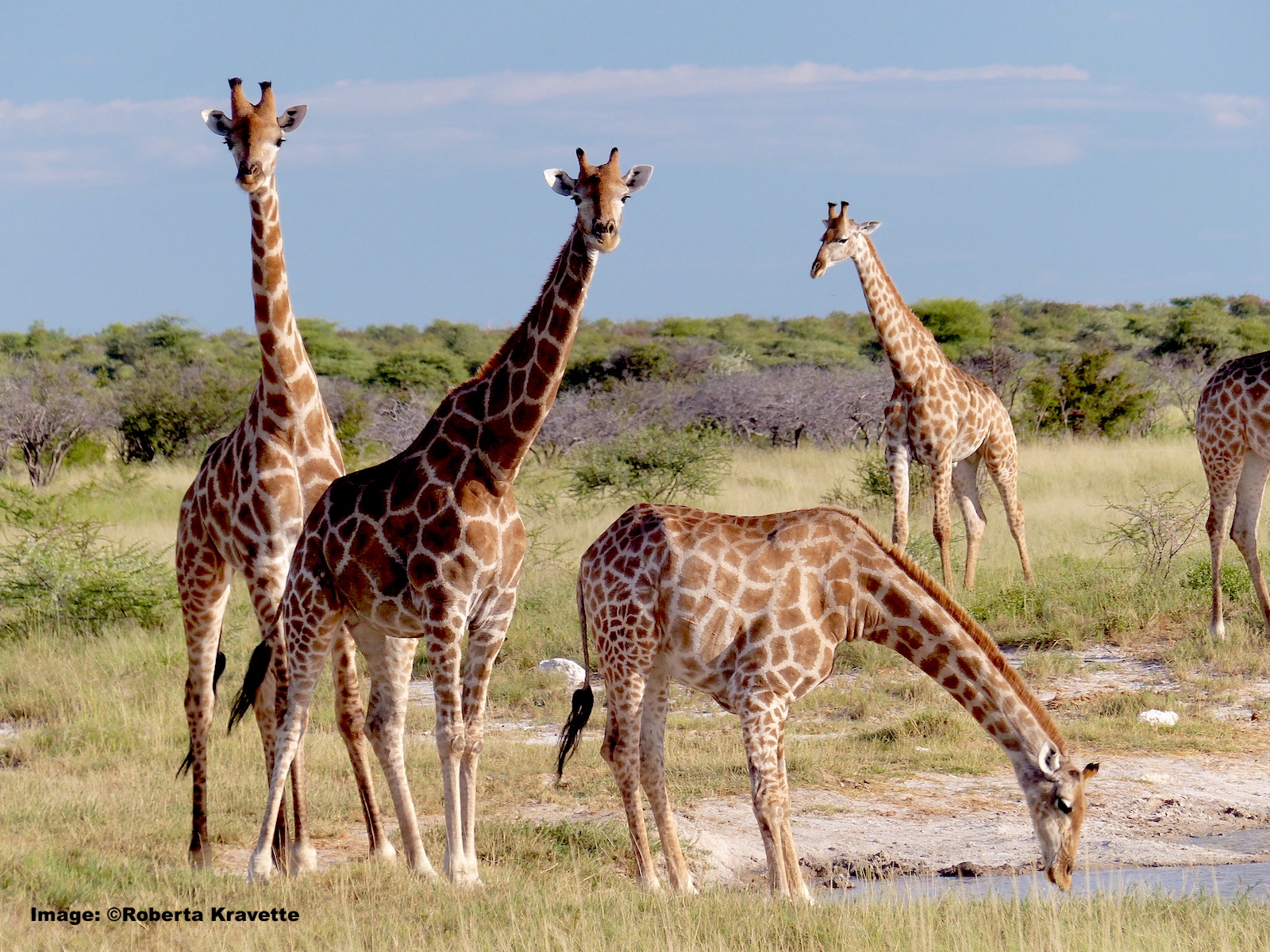
And we encountered herds of plains zebra with babies everywhere, many only a few weeks old, all long legs and big eyes! But it was the the lilac-breasted rollers and little bee eaters that completely enchanted us. Their bright colors are like streaks of neon against Etosha’s neutral palette.
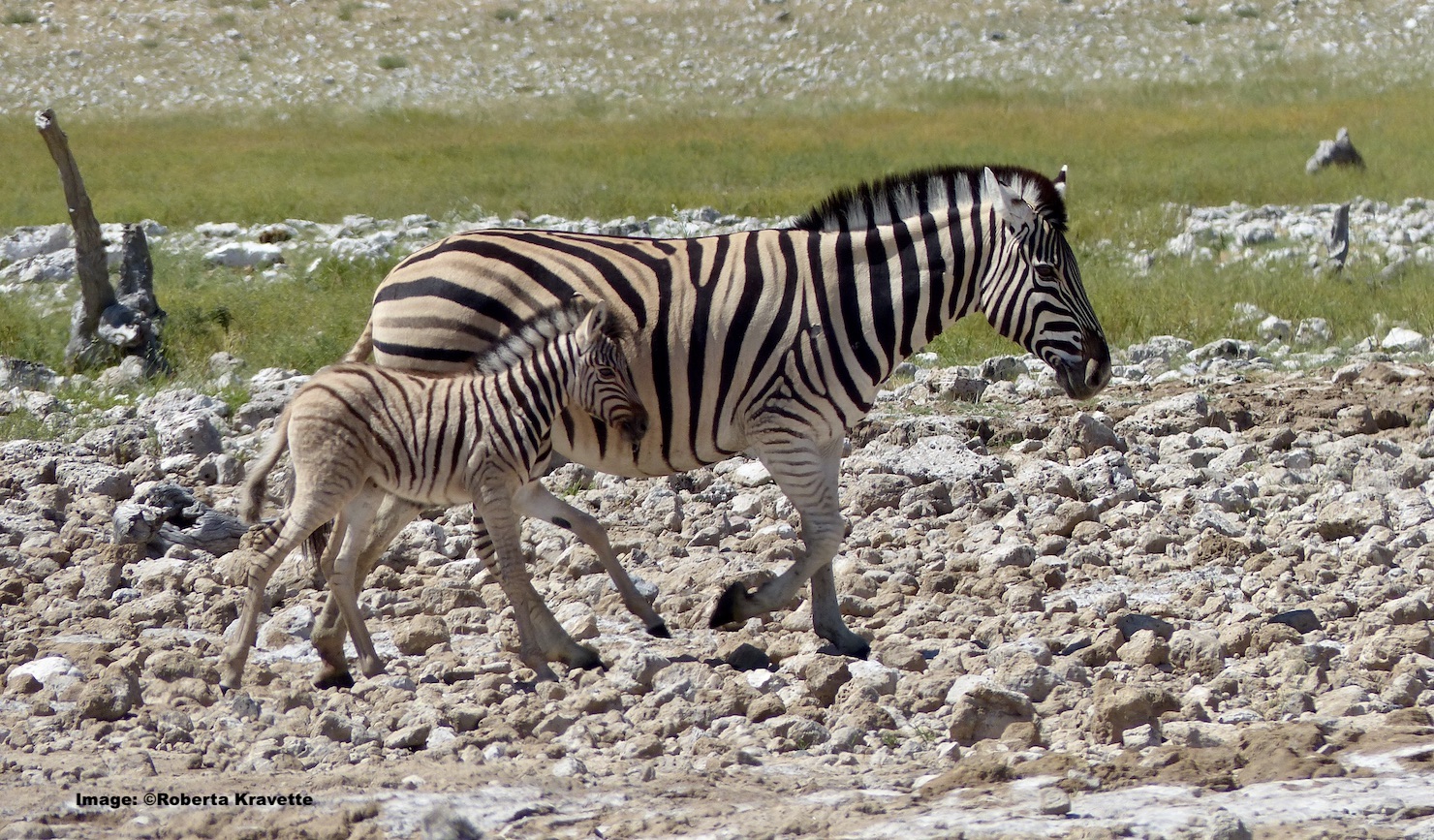
After a few days of exploring Etosha, we headed east toward the Caprivi strip. Namibia’s panhandle is a thin ribbon of land bordered by Angola and Zambia on the north and Botswana on the south. At its eastern most end it touches Zimbabwe.
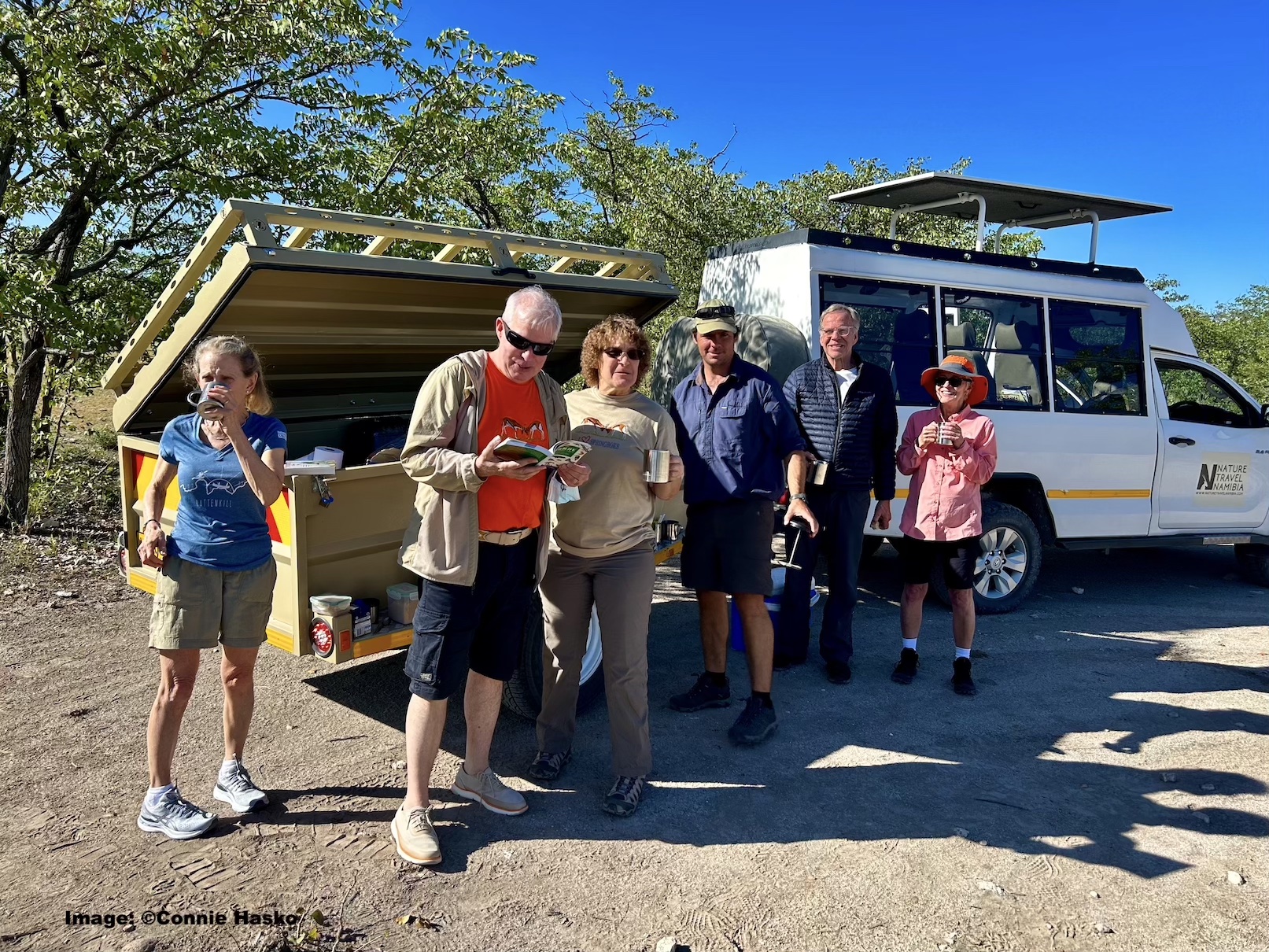
As we traveled, the pale, dry landscape gave way to green. The wildlife changed, too. We had plenty of opportunity to look for it, did I mention you could go all day and only see a handful of other vehicles?
Being near to flowing water again felt luxurious. With our first coffees in the in the early morning light on the back deck of our lodge on the Cuando River, we watched gorgeous kingfishers, both the grey-headed and giant, dart to and fro, while graceful white herons seemed to dance on the bank.
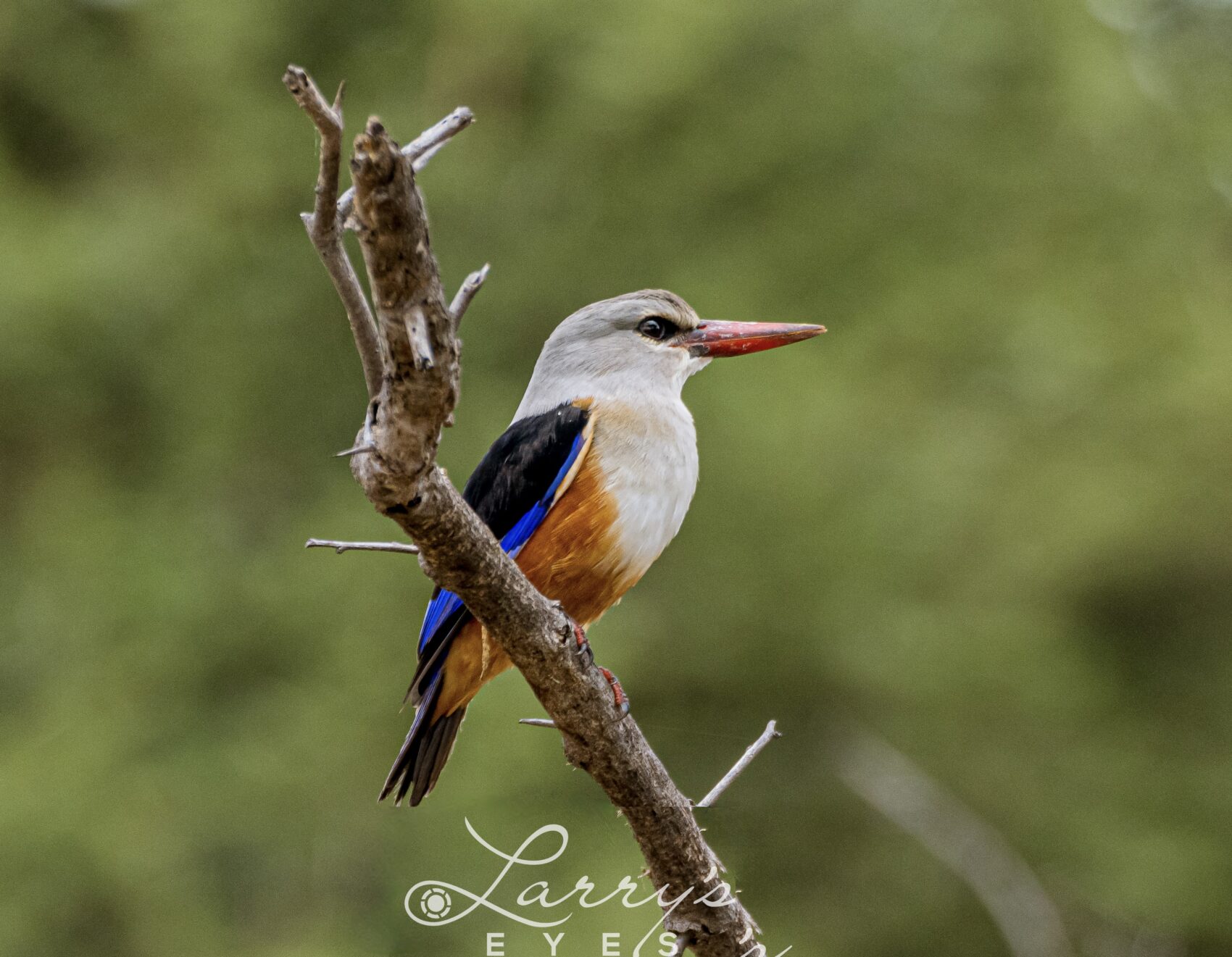
All the lodges we stayed in were clean and lovingly appointed, and the food was consistently delicious. Still, our unanimous favorites were the Mushara Bush Camp outside of Etosha, the Mahangu Safari Lodge in Divundu, Namibia, and Drotsky’s Cabins on the Okavango Panhandle in Botswana. Perhaps the fact that two of the three lodges are situated on river banks has something to do with our passion. After a week in the desert, the sights and sounds of life on the water seemed almost decadent and infinitely lovely.
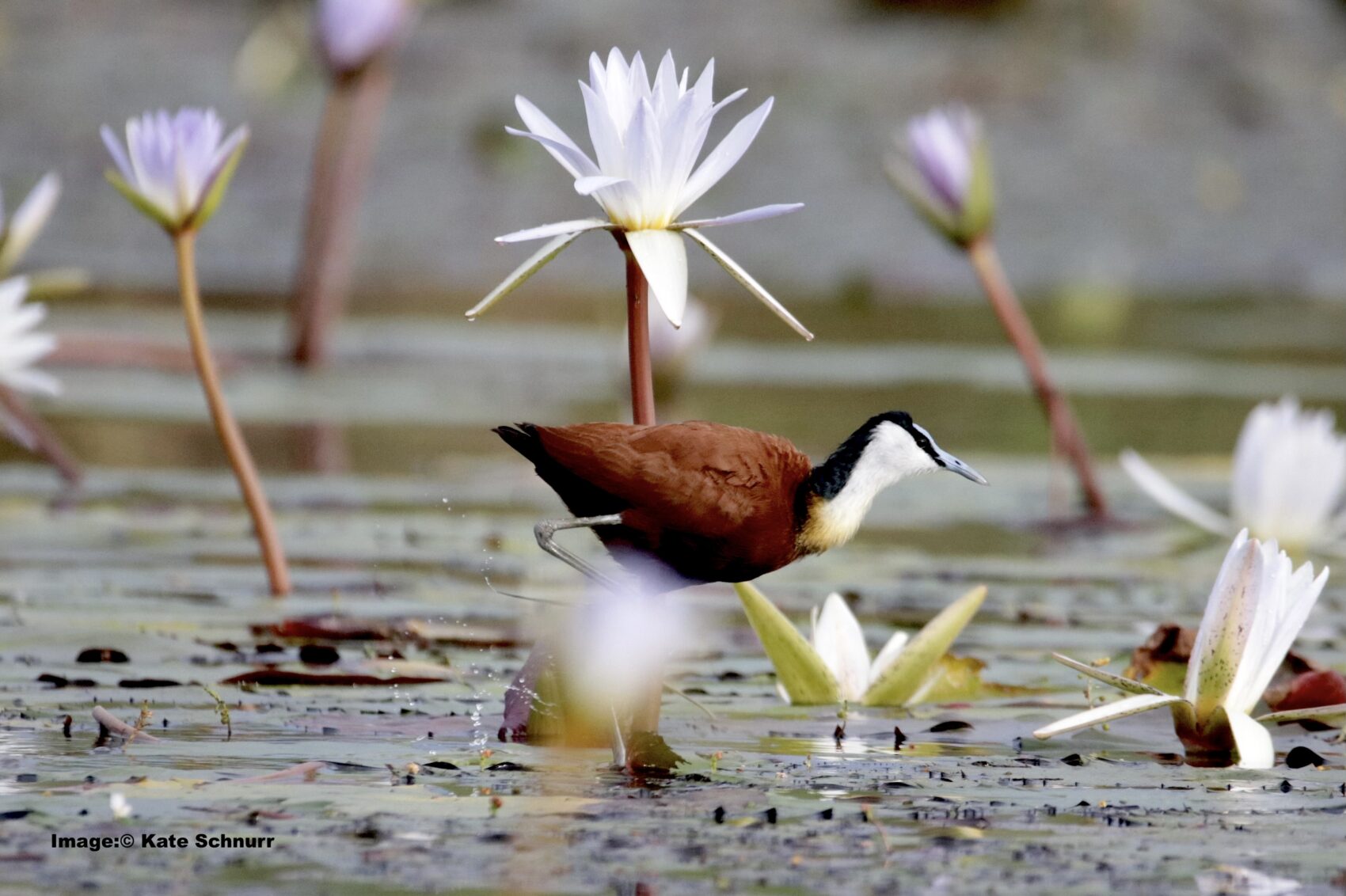
Rivers are a magnet for wildlife and birds. We spent peaceful, languid days in open boats looking for birds in both the Okavango Panhandle and back in Divundu, Namibia. Hippos regularly surprised us by emerging for breaths in water that, moments before, had been still and flat as glass.
In Botswana’s Okavango, giant crocs glided among the hippos and warmed themselves on the shores. Later, a few of us saw a leopard prowling almost the same spot.
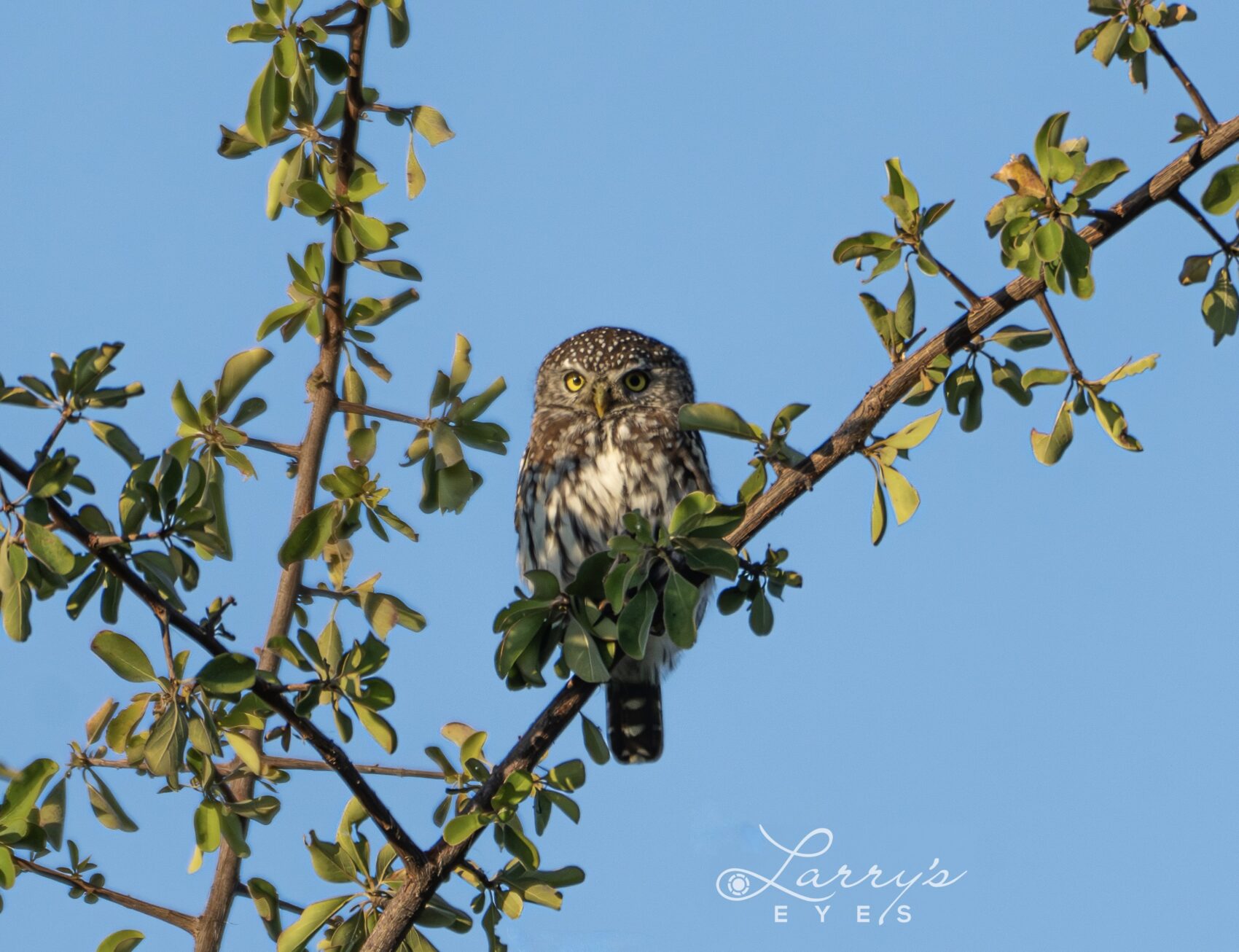
Late one soft afternoon at Namibia’s Muhangu, as a couple of us relaxed with a cool drink and comfortable chair, we watched an elephant family play on the far banks. The next morning we caught a couple of lions lounging on a high point on the embankment. They watched us float by on our breakfast cruise.
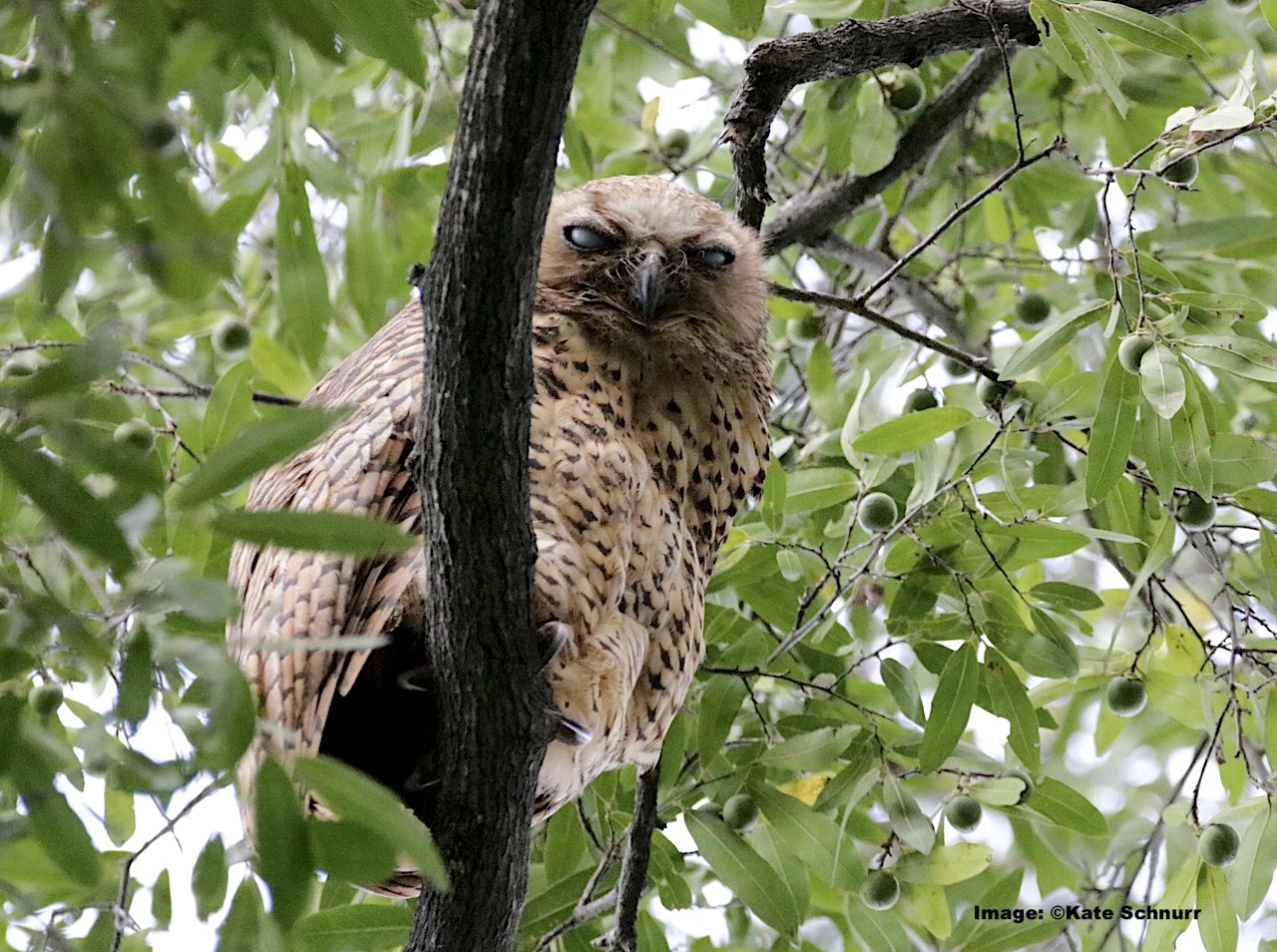
We all have different favorite tour moments, but everyone agrees that an evening cruise on the river, with a sumptuous dinner and a glass of champagne, is the perfect end to a perfect day.
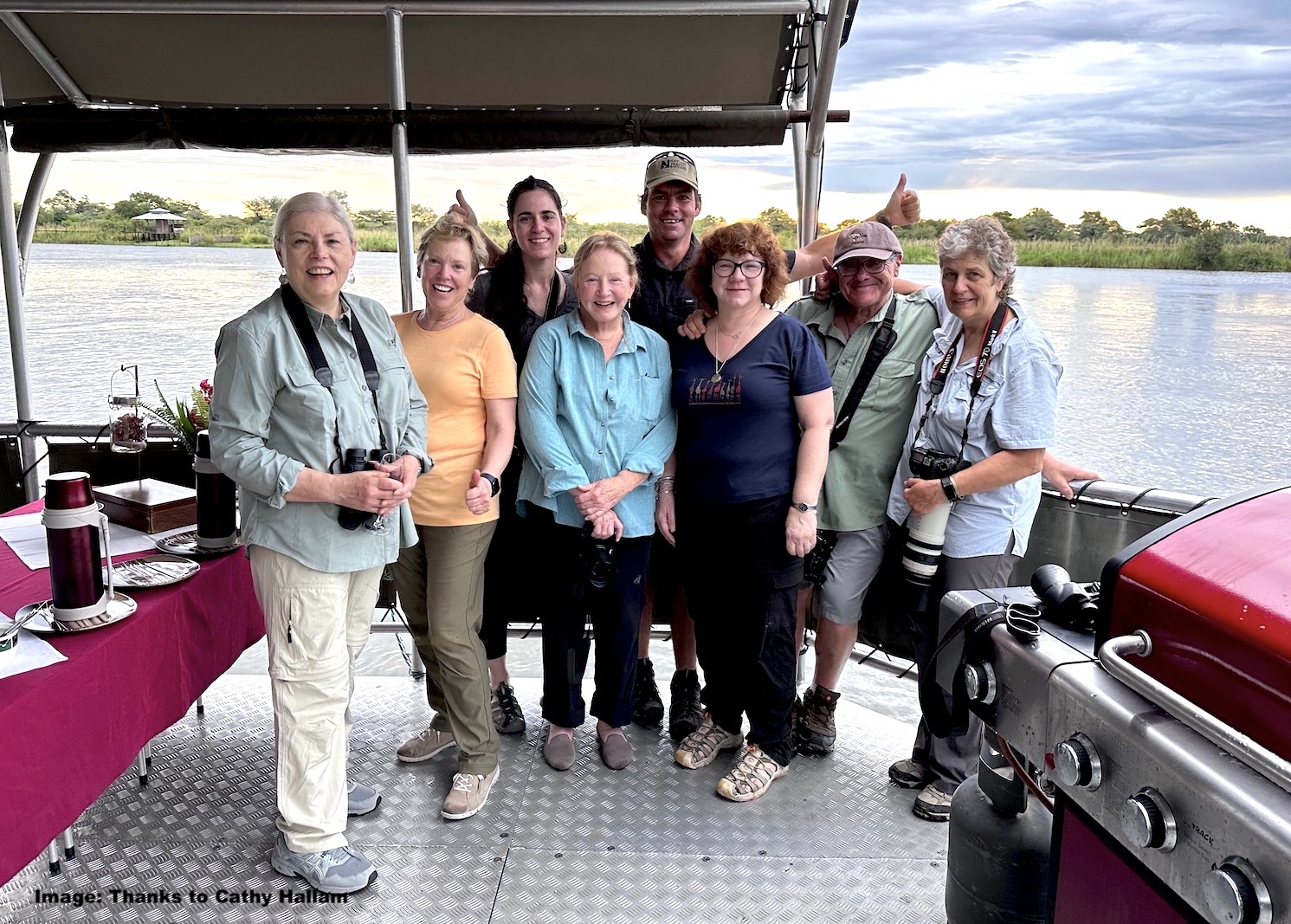
Still, when it also includes moonlight dancing on soft ripples, the sounds of night birds and insects filling the air, and the occasional call of some nocturnal hunter in the distance, all wrapped in the warmth of good friends, “perfect” becomes magic.
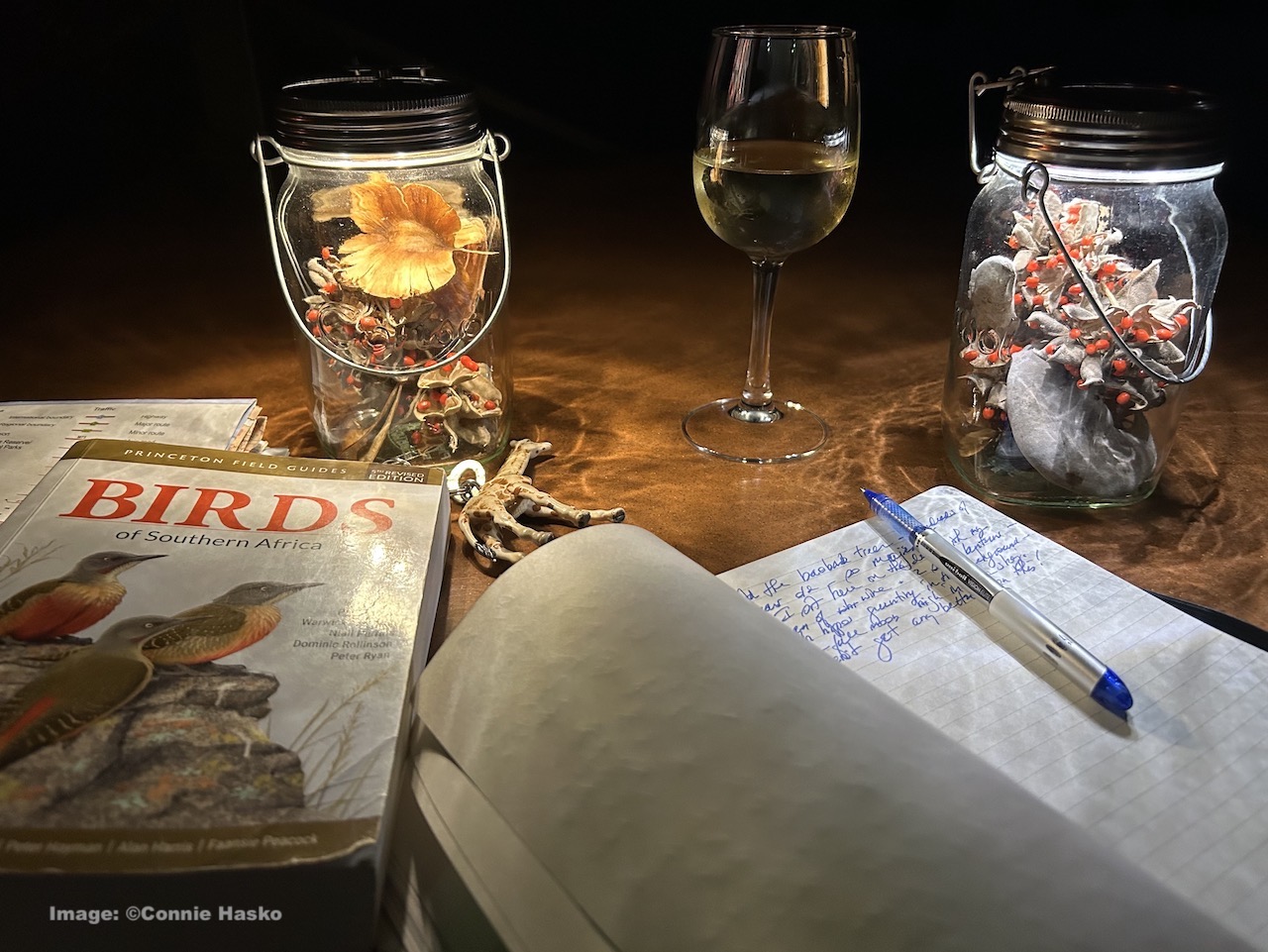
Contributor, Roberta Kravette, is the co-founder and editor of Destination: Wildlife dedicated to responsible wildlife tourism as a means to educate, inspire, and raise funds for amazing nonprofits like the GBT. She is an ardent lover of the Grassland Bird Trust and proud to be able to help in its mission to preserve grasslands, birds and the Earth.
